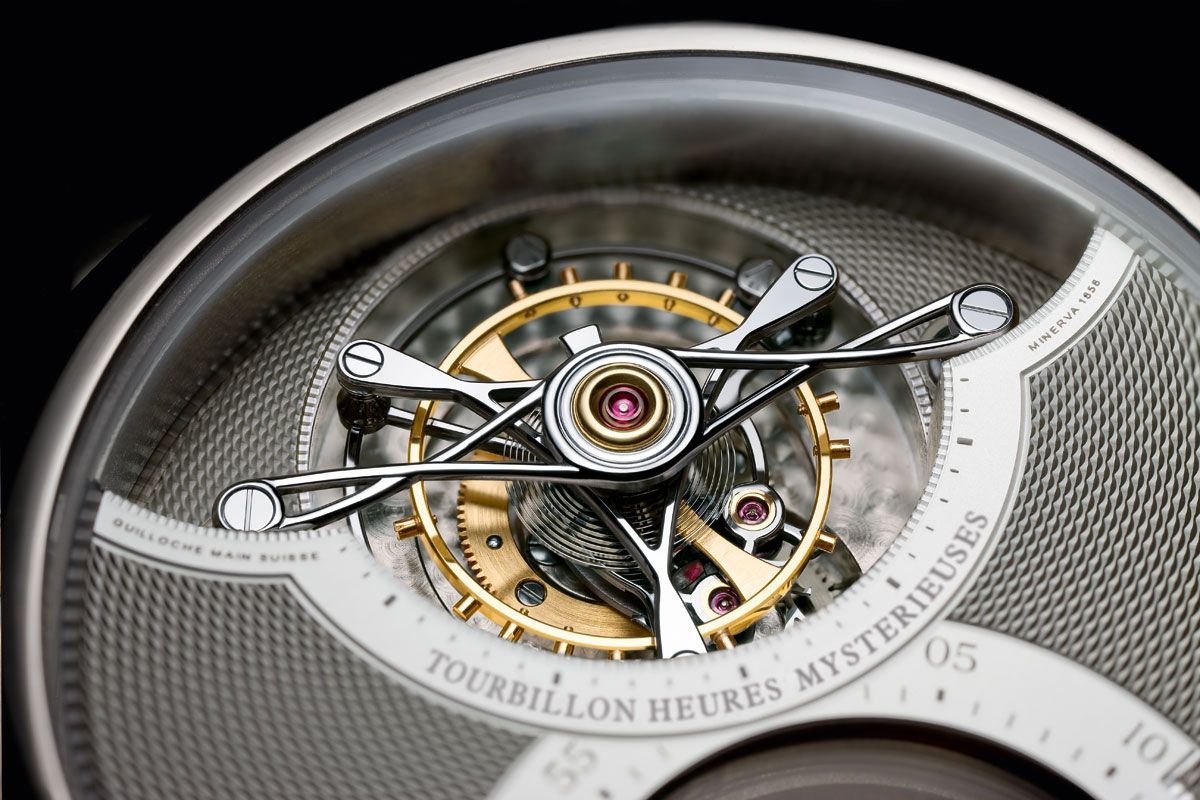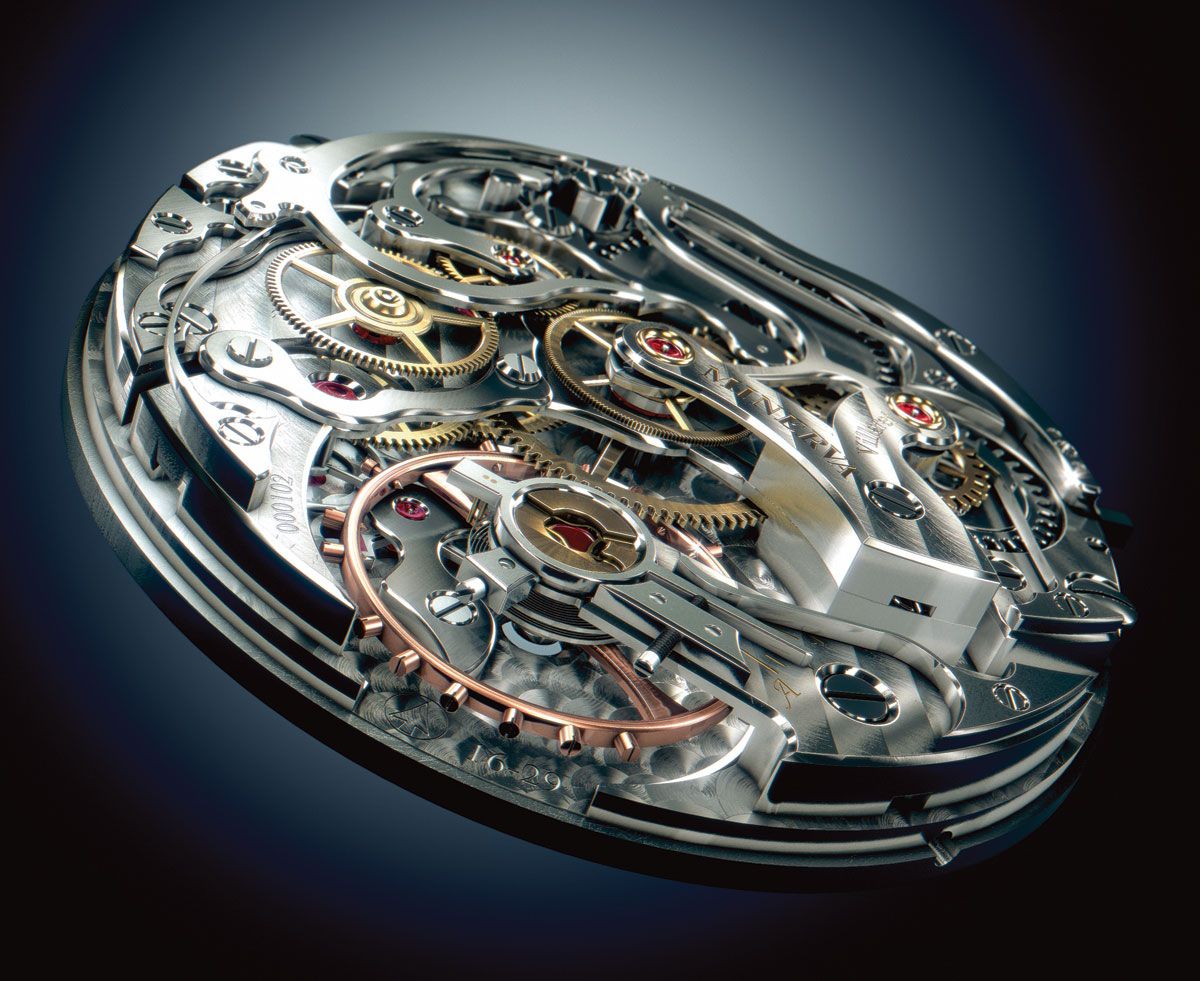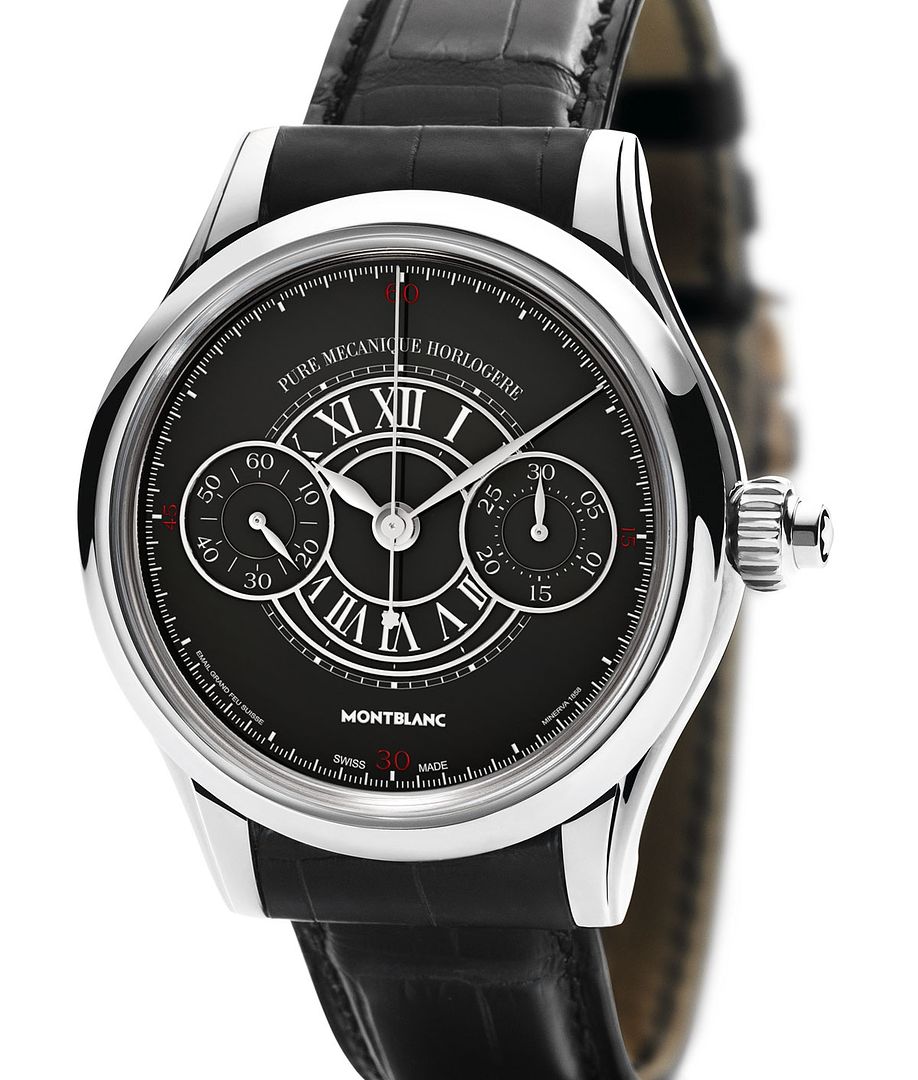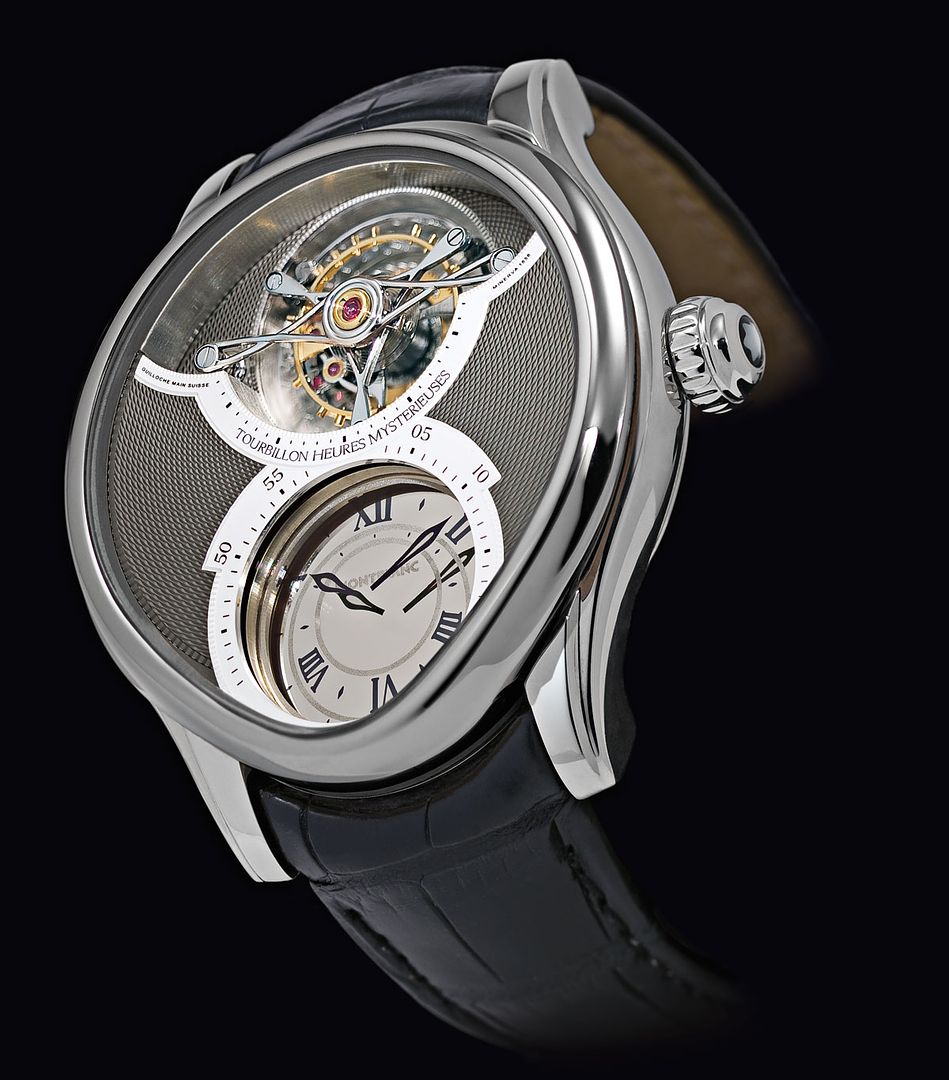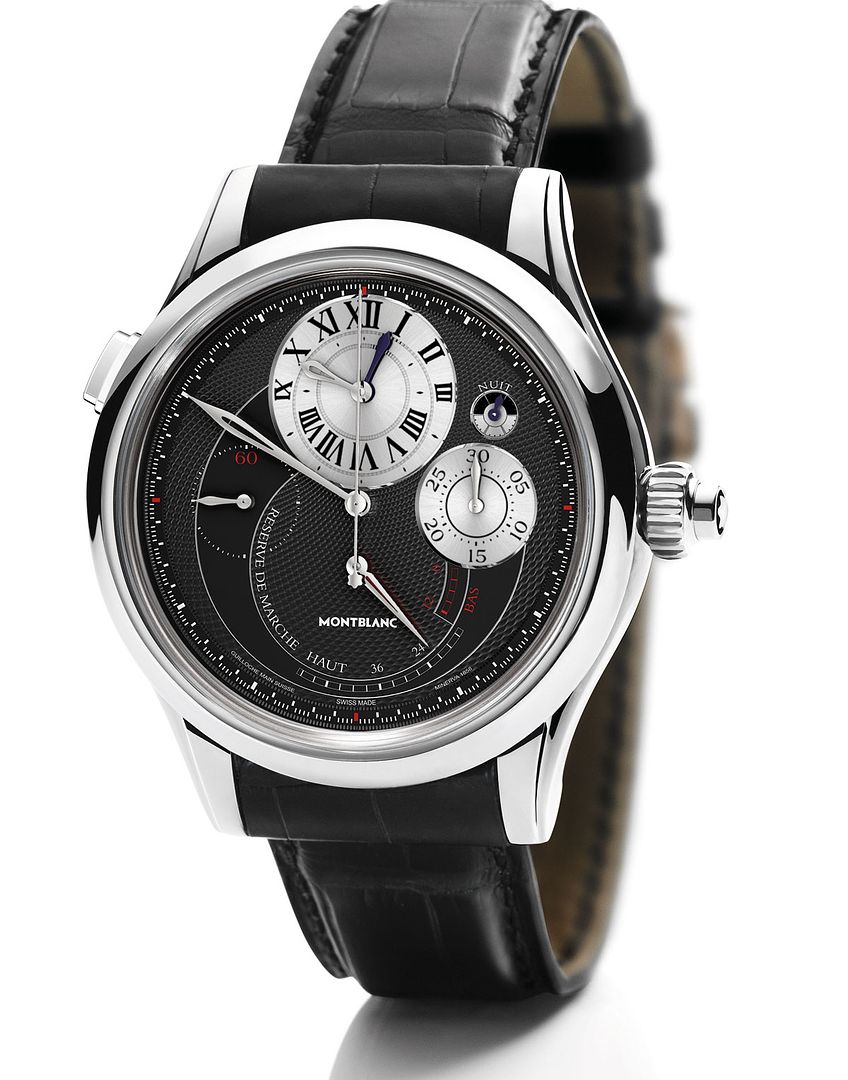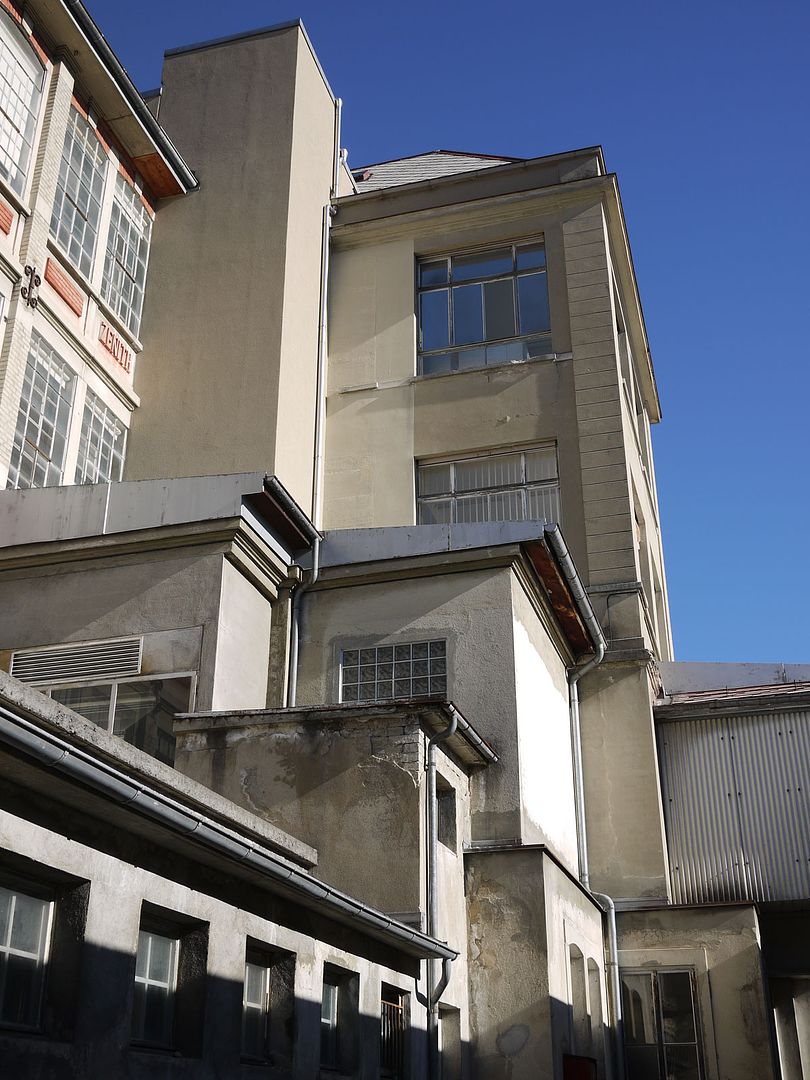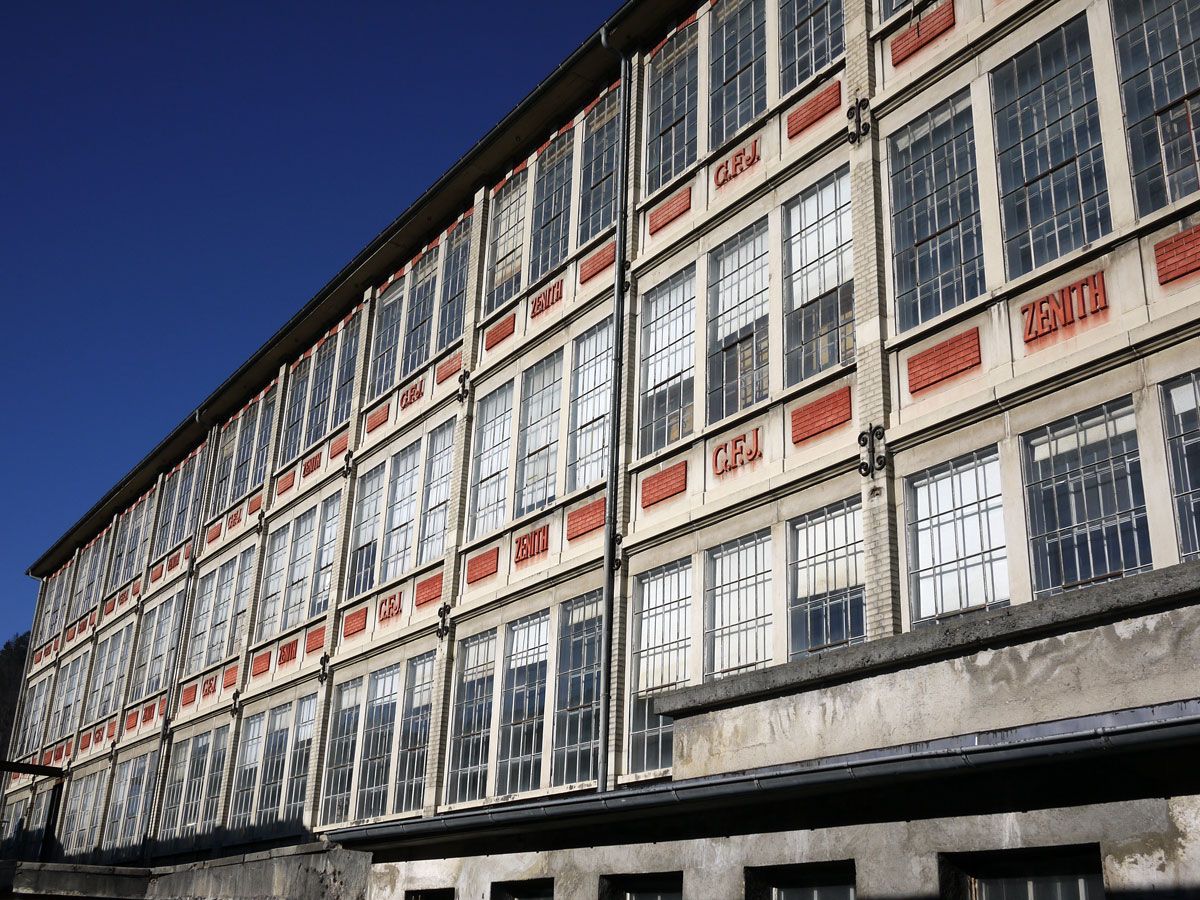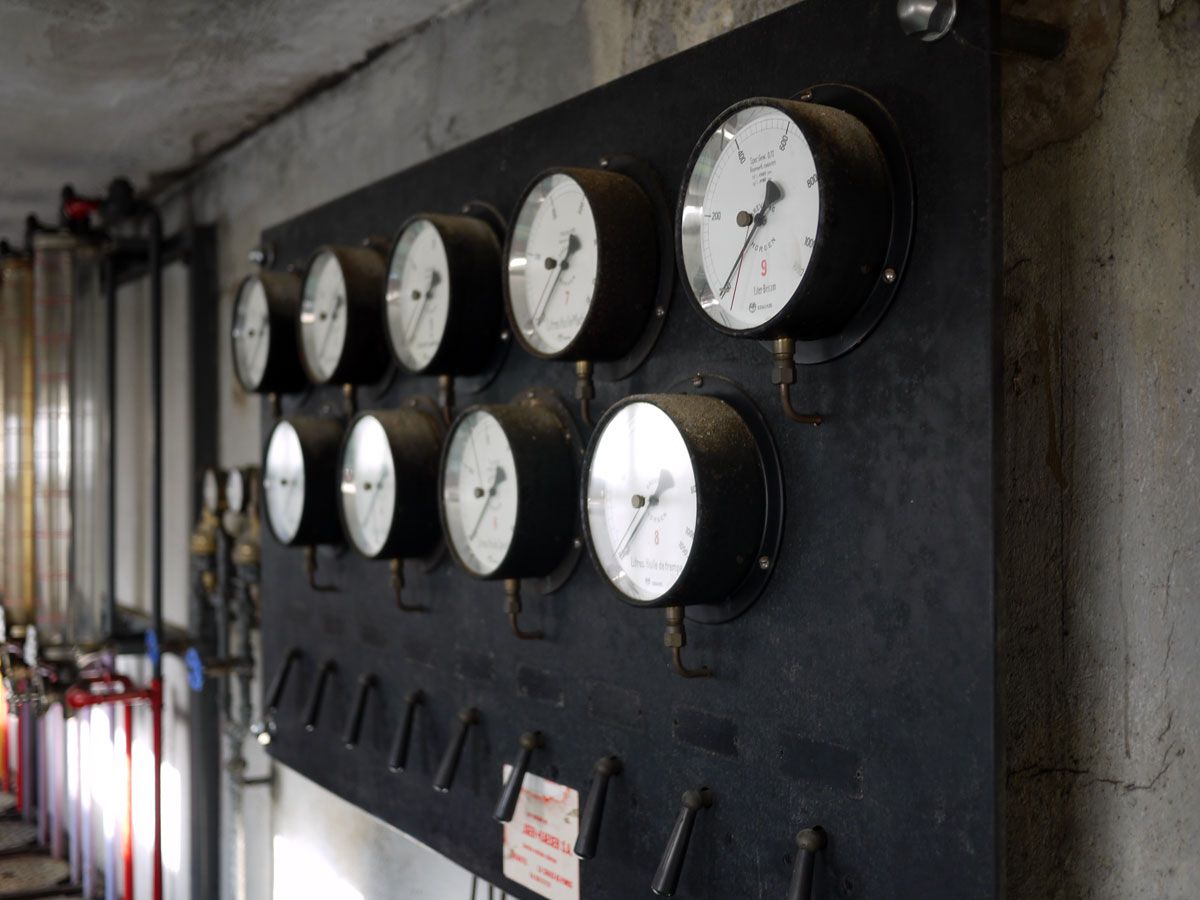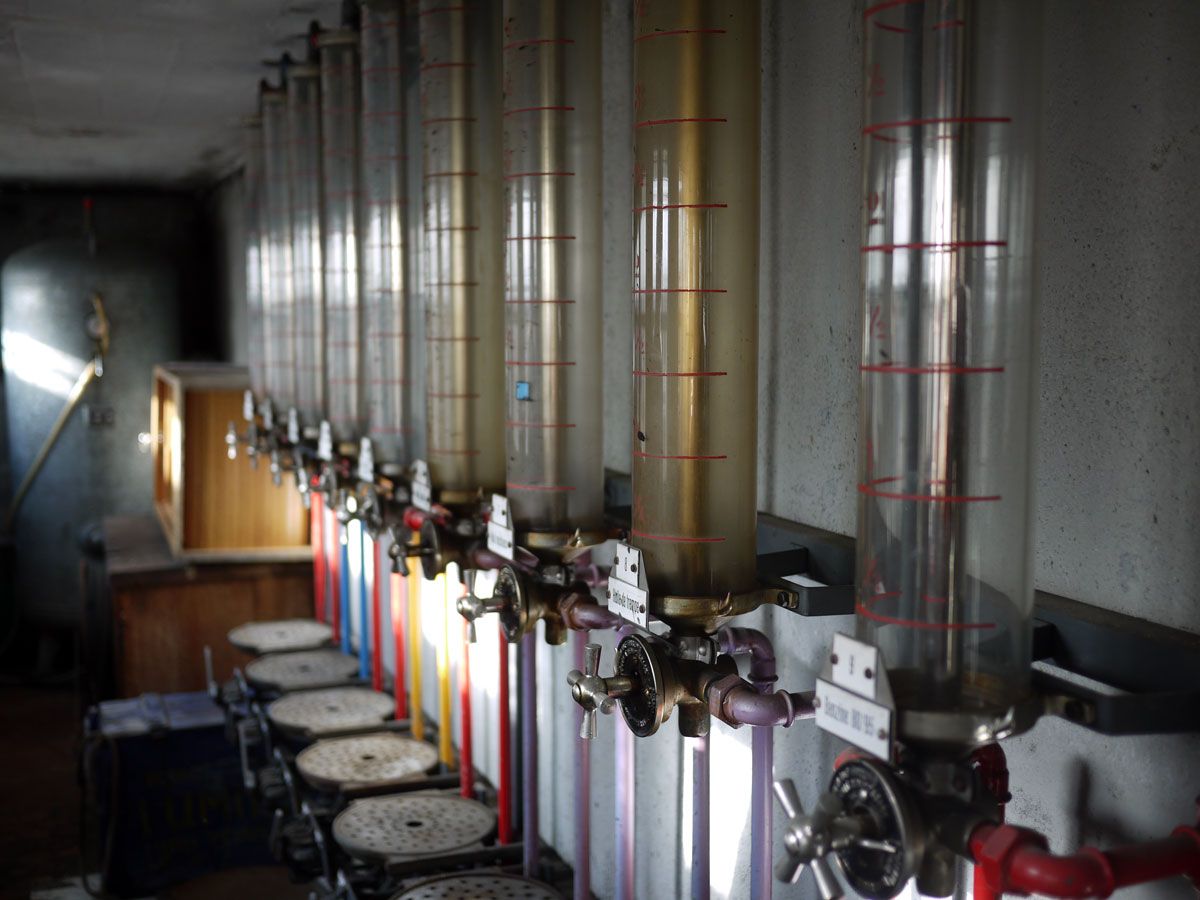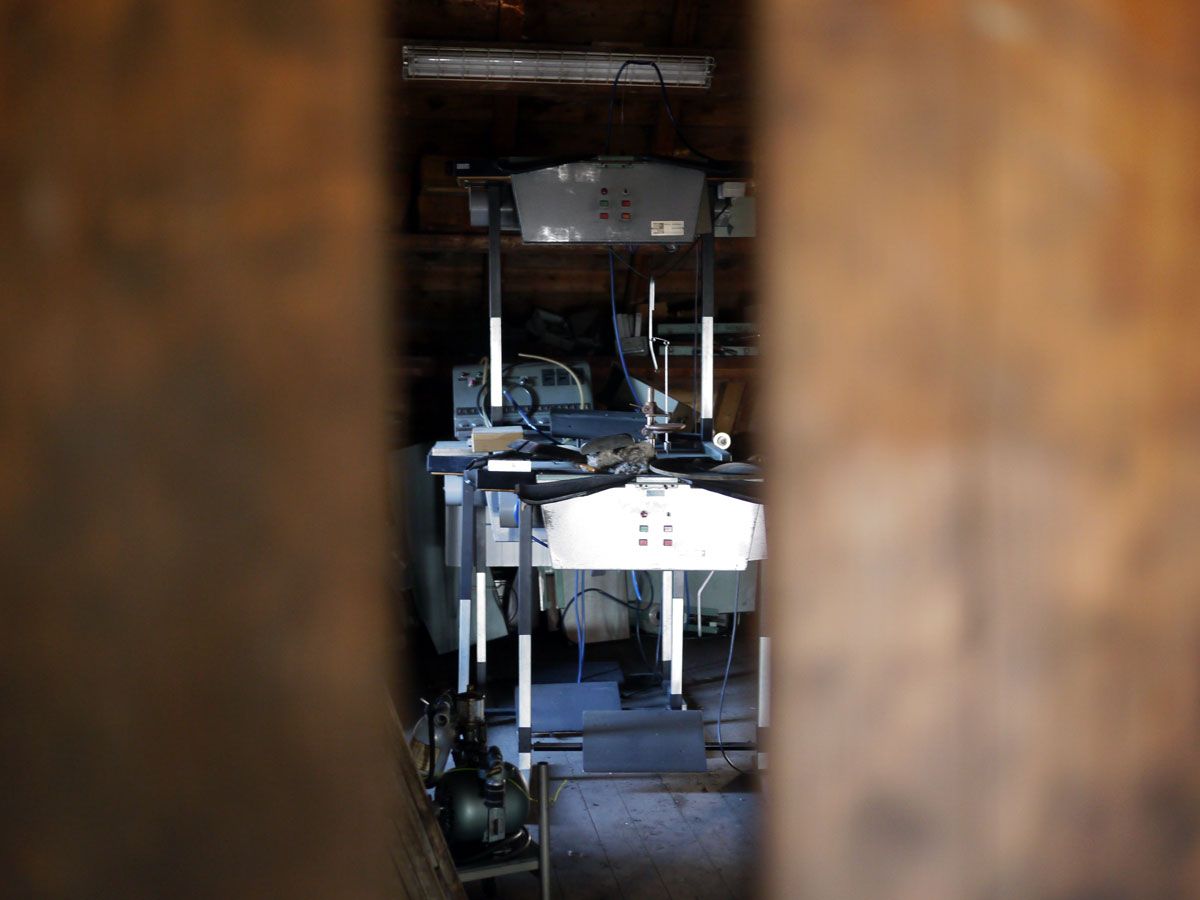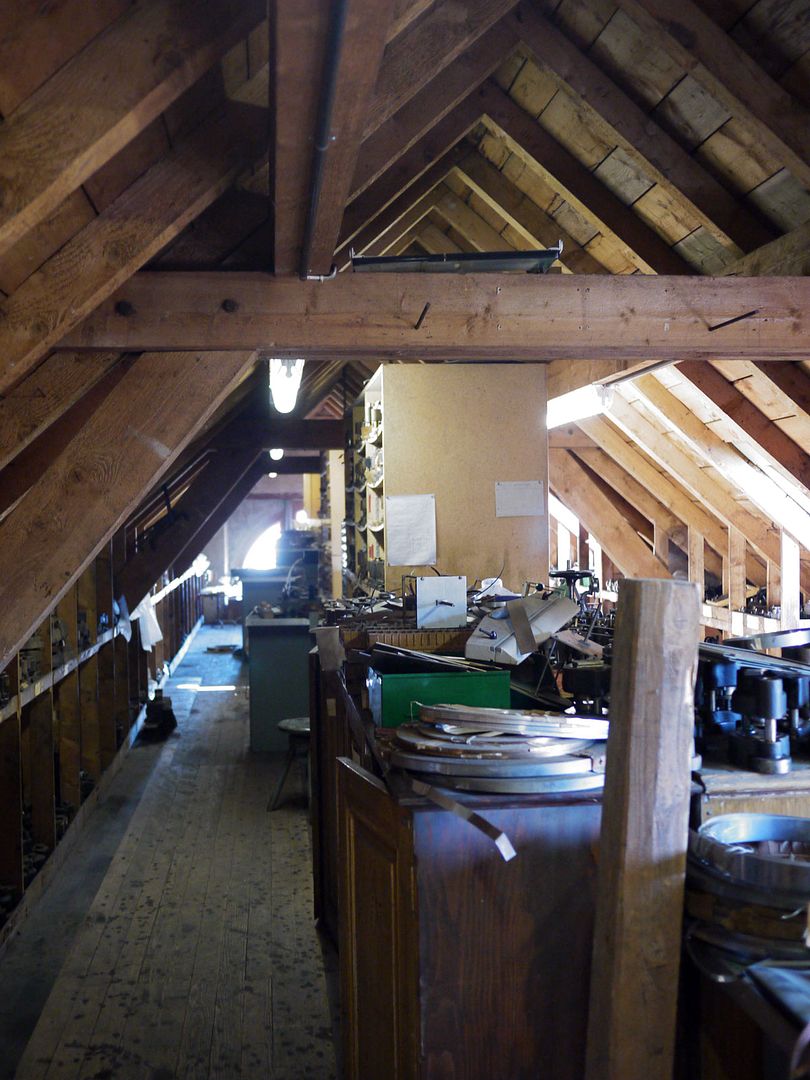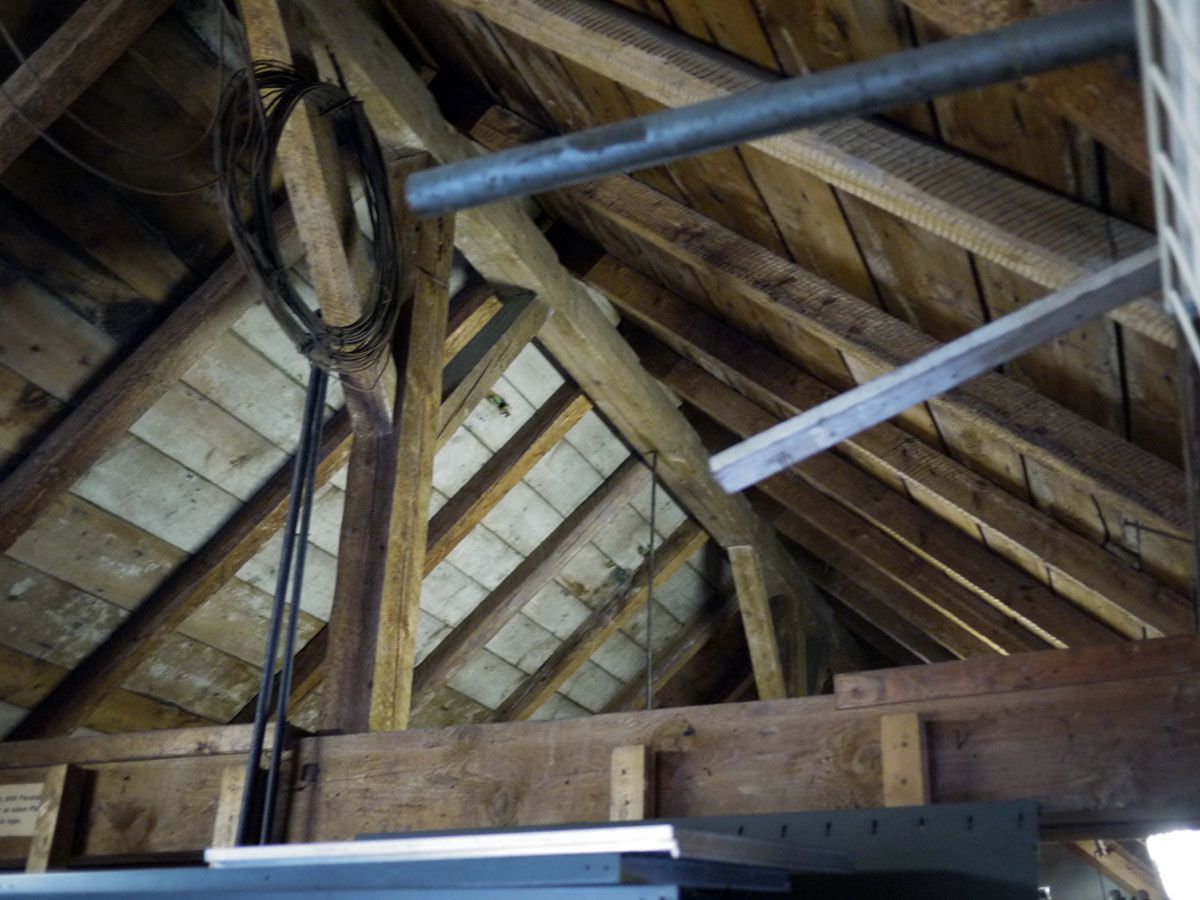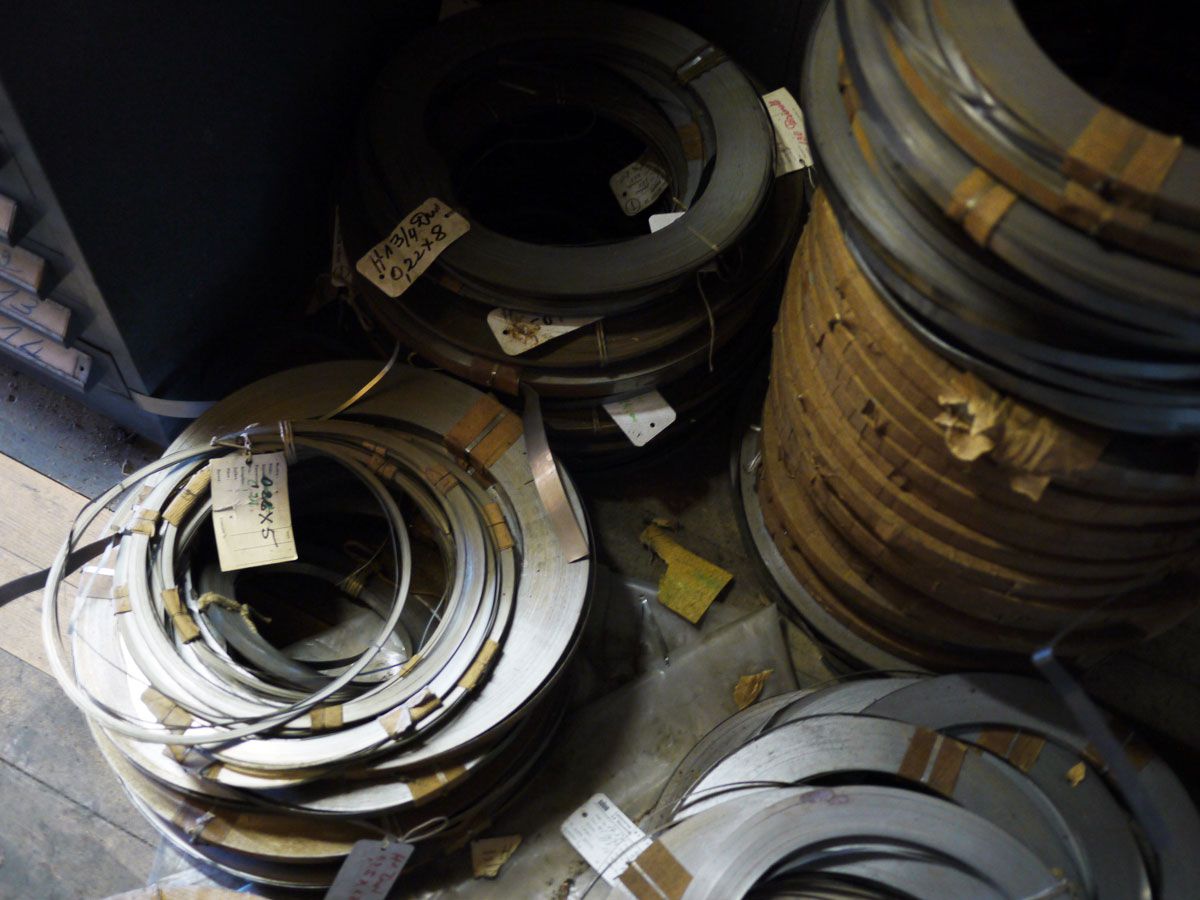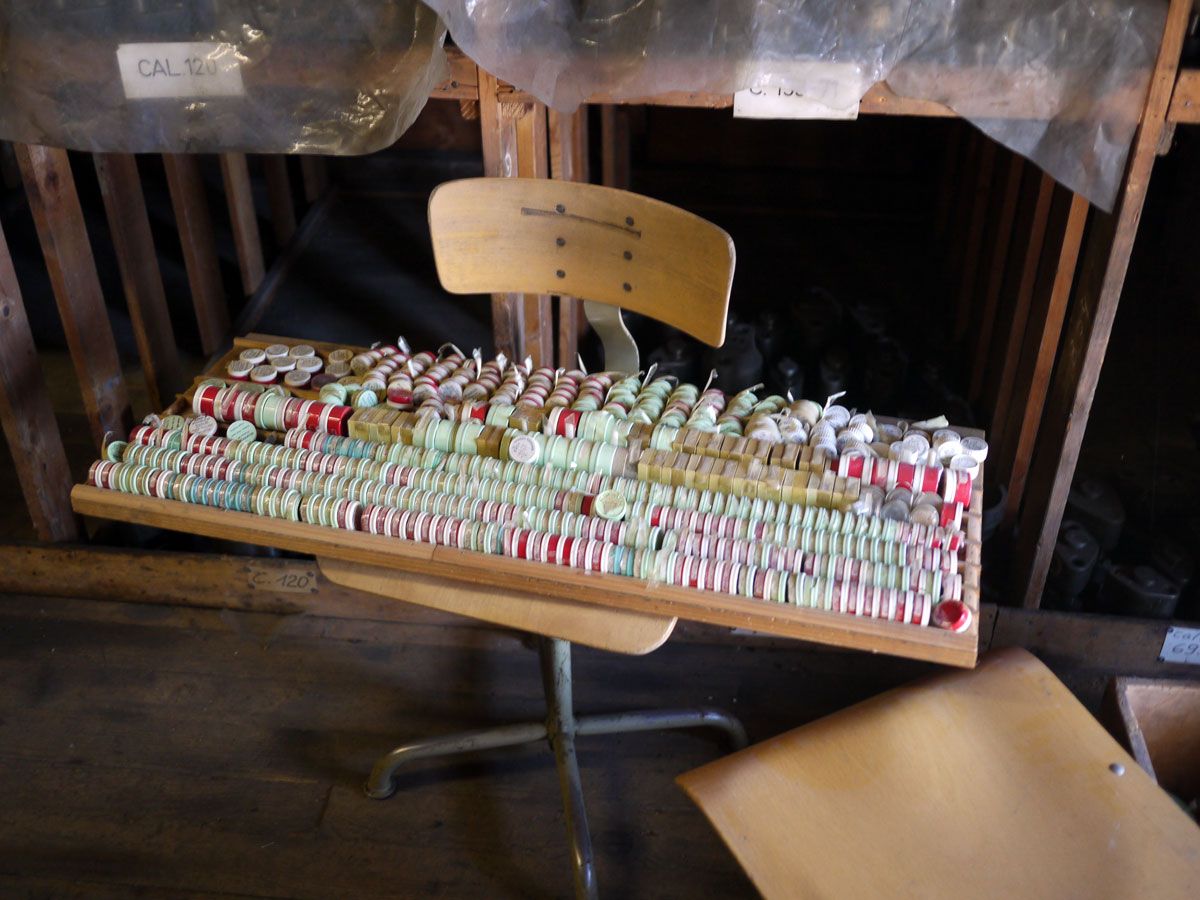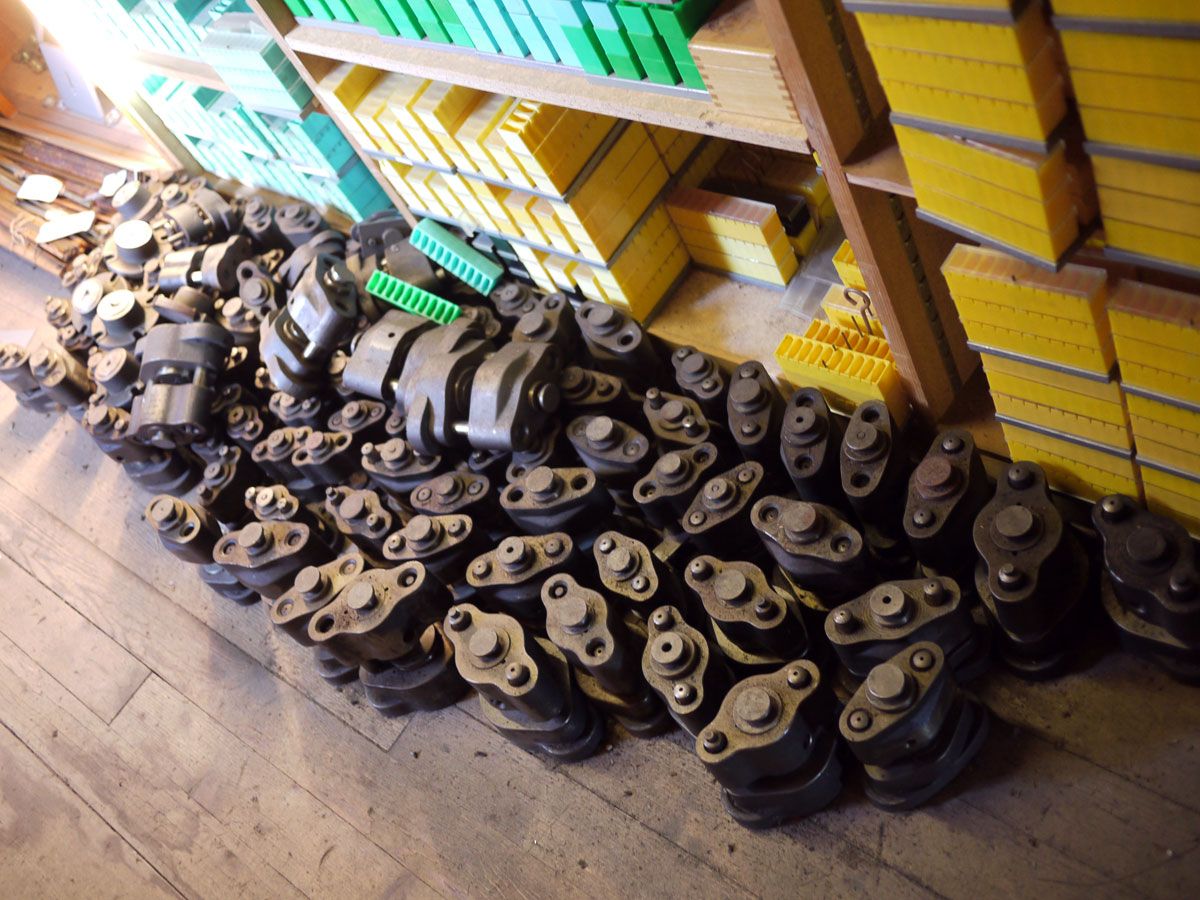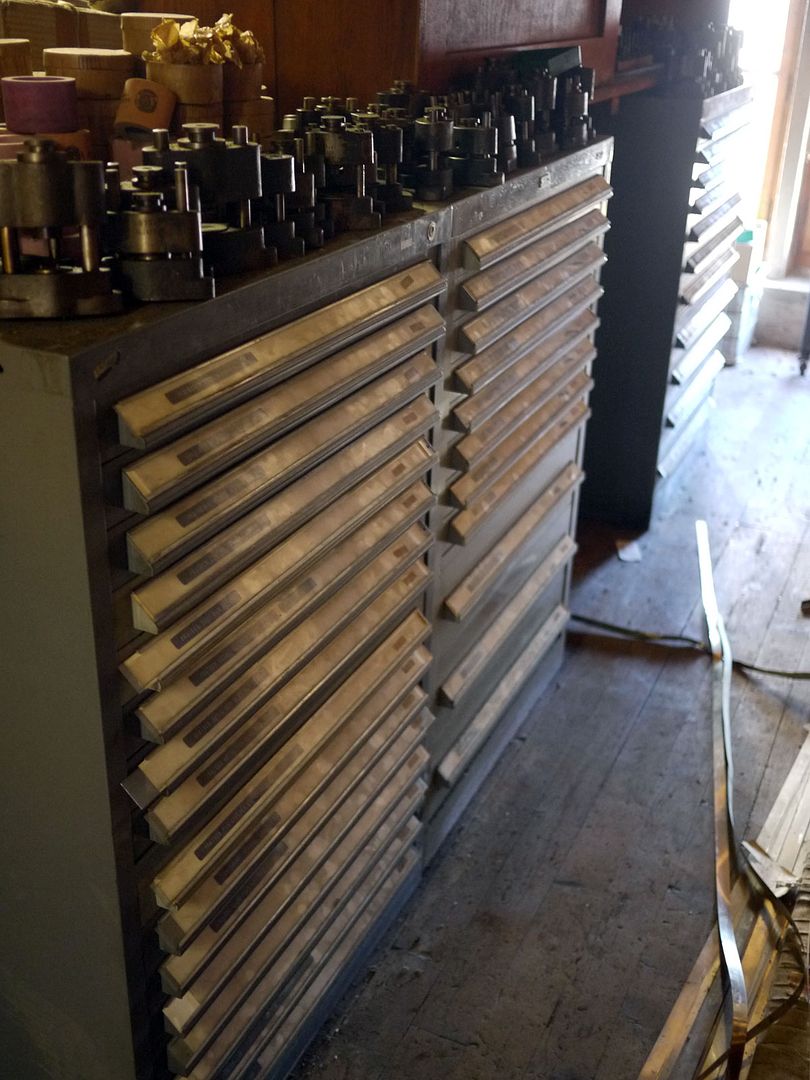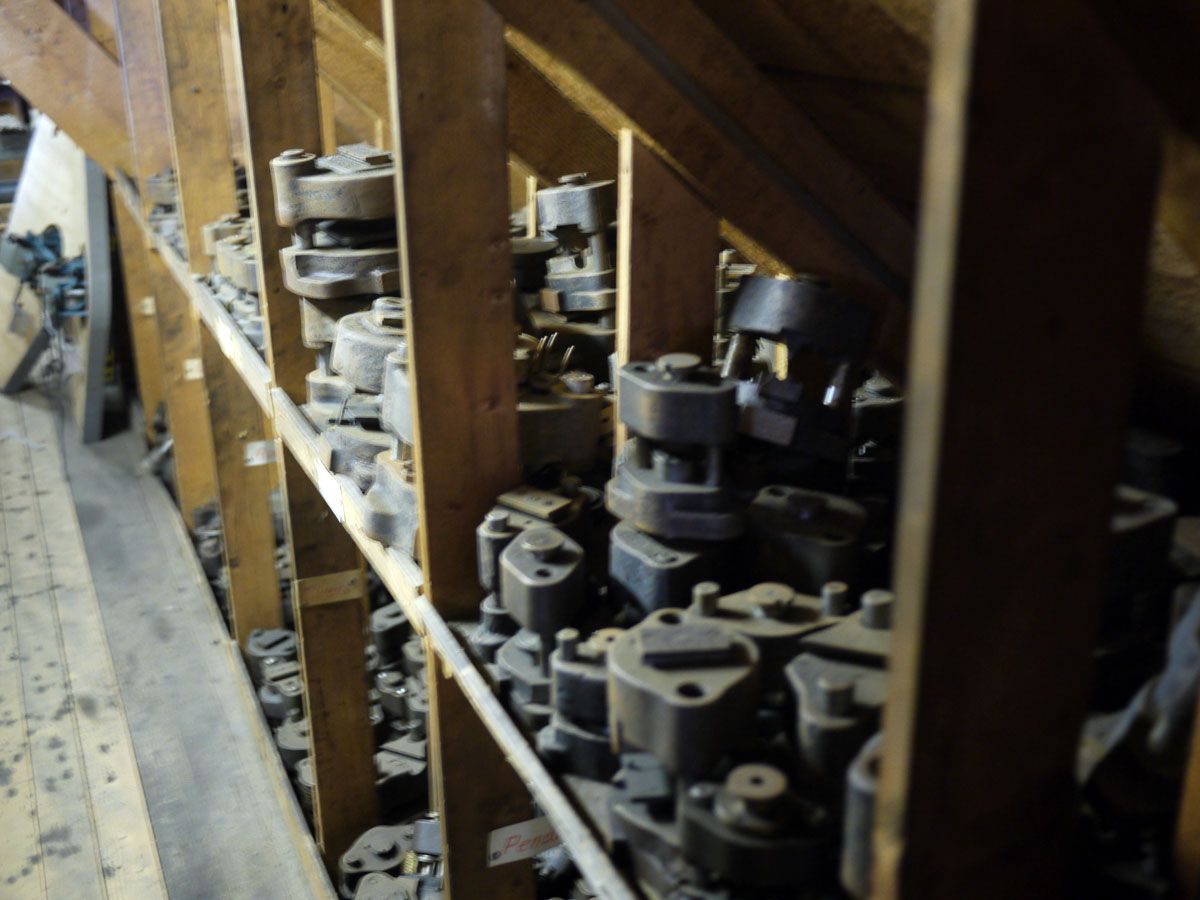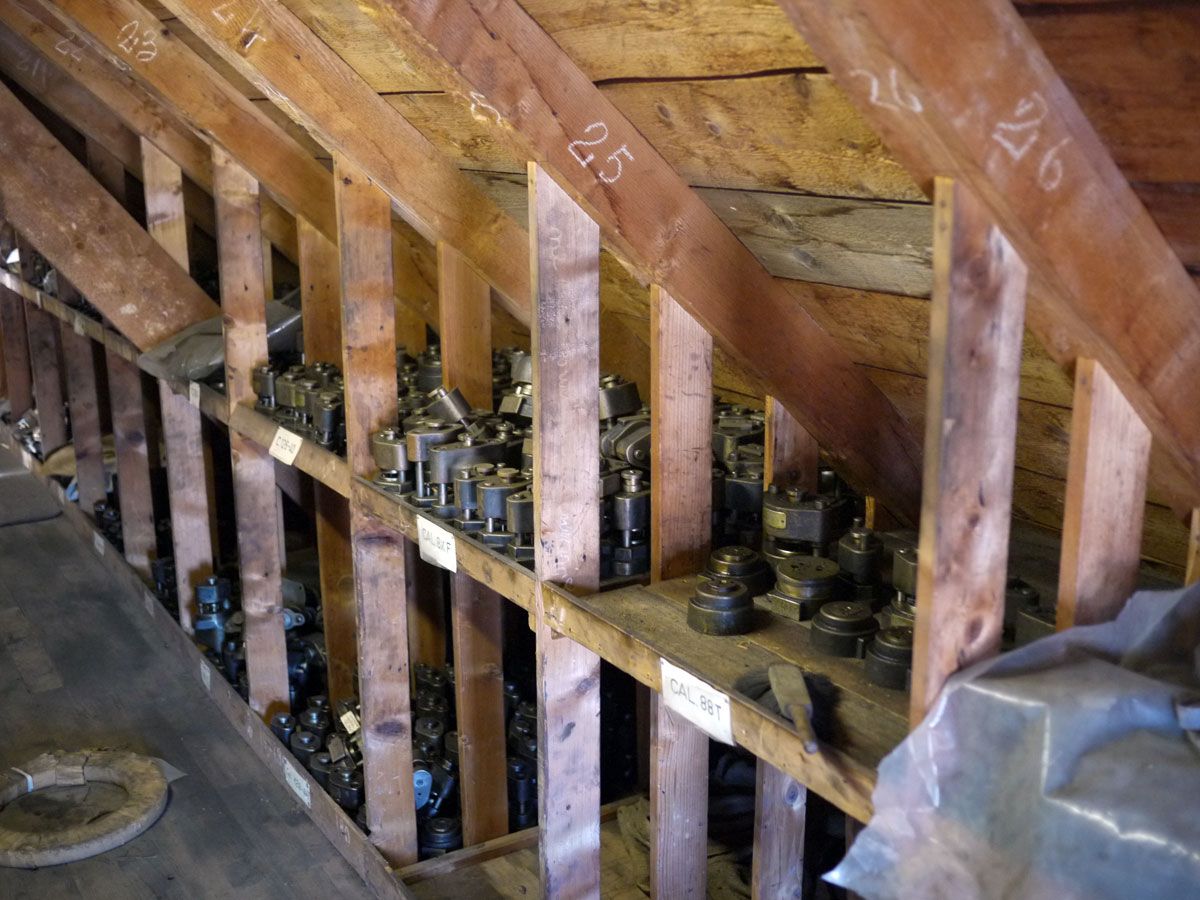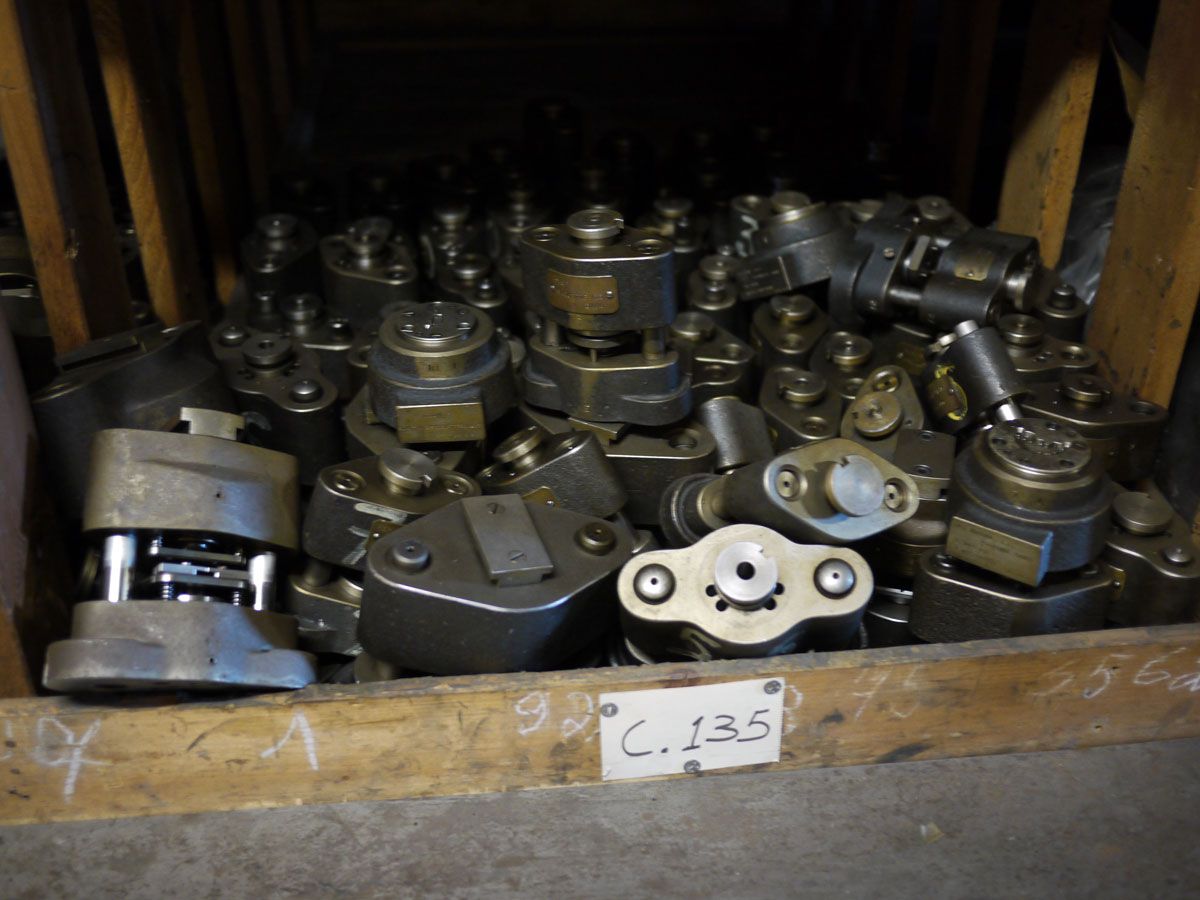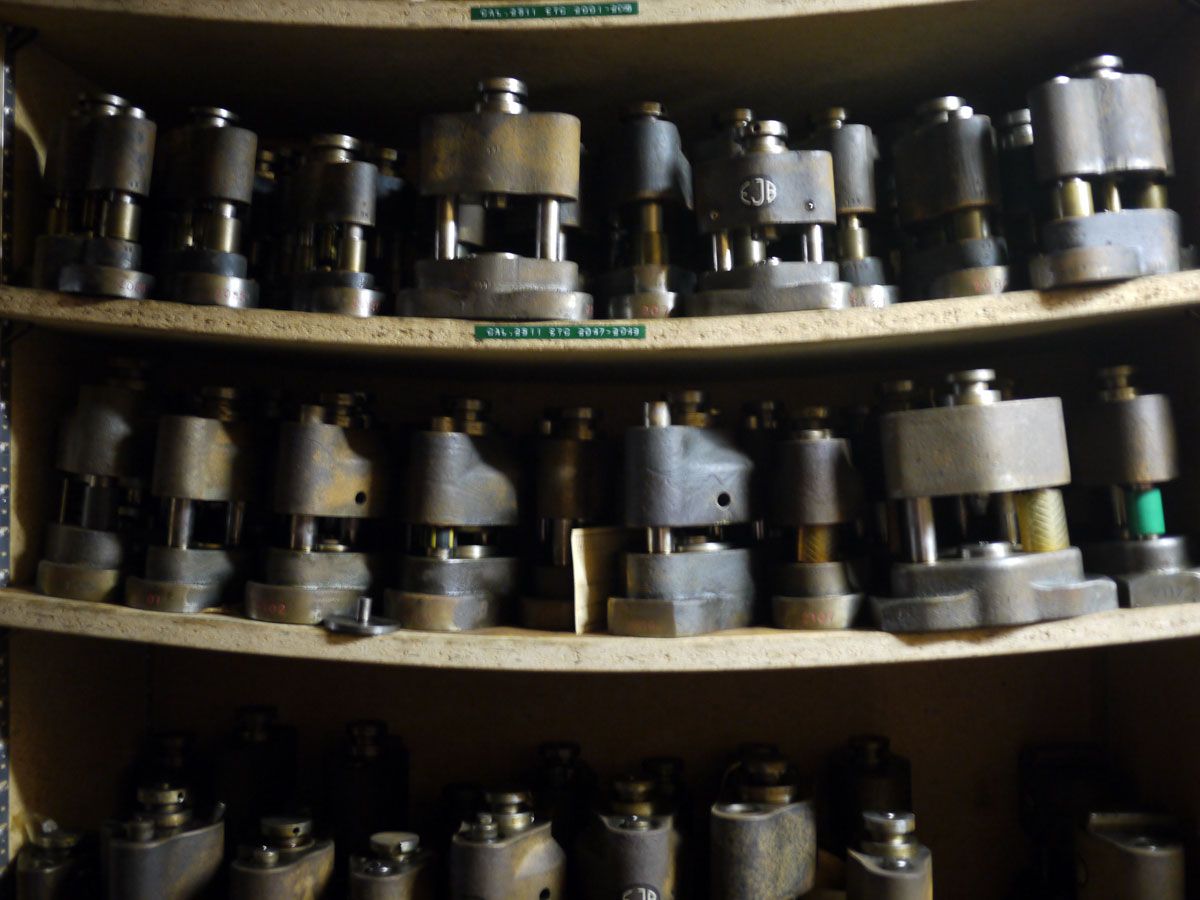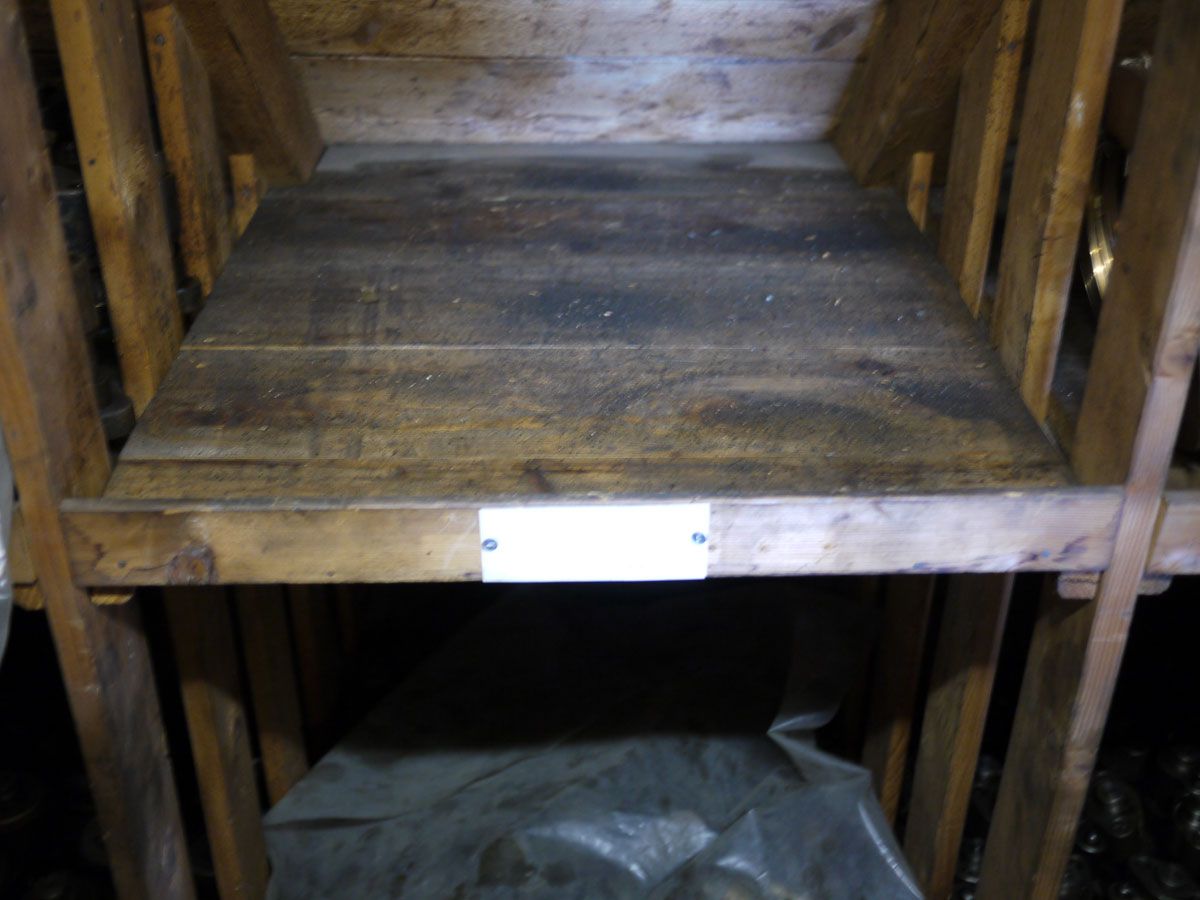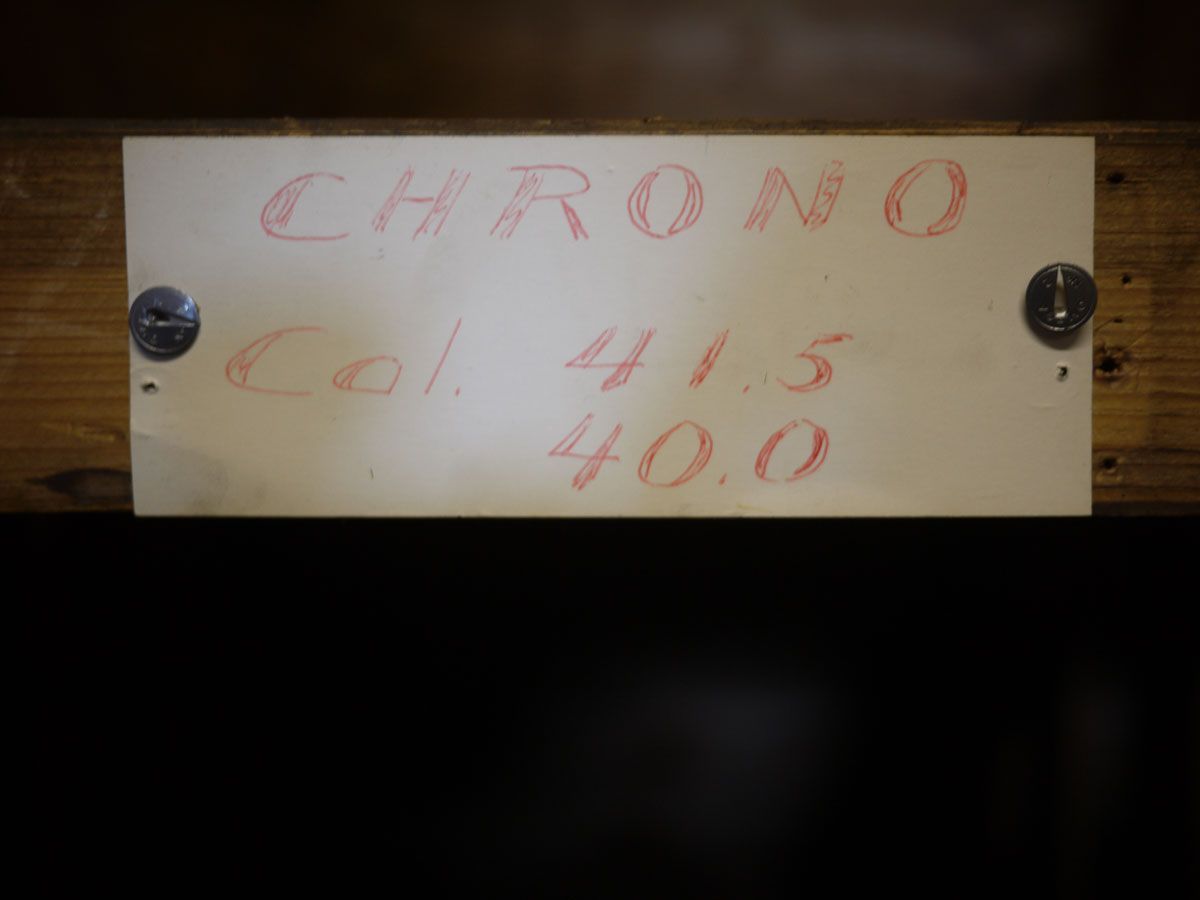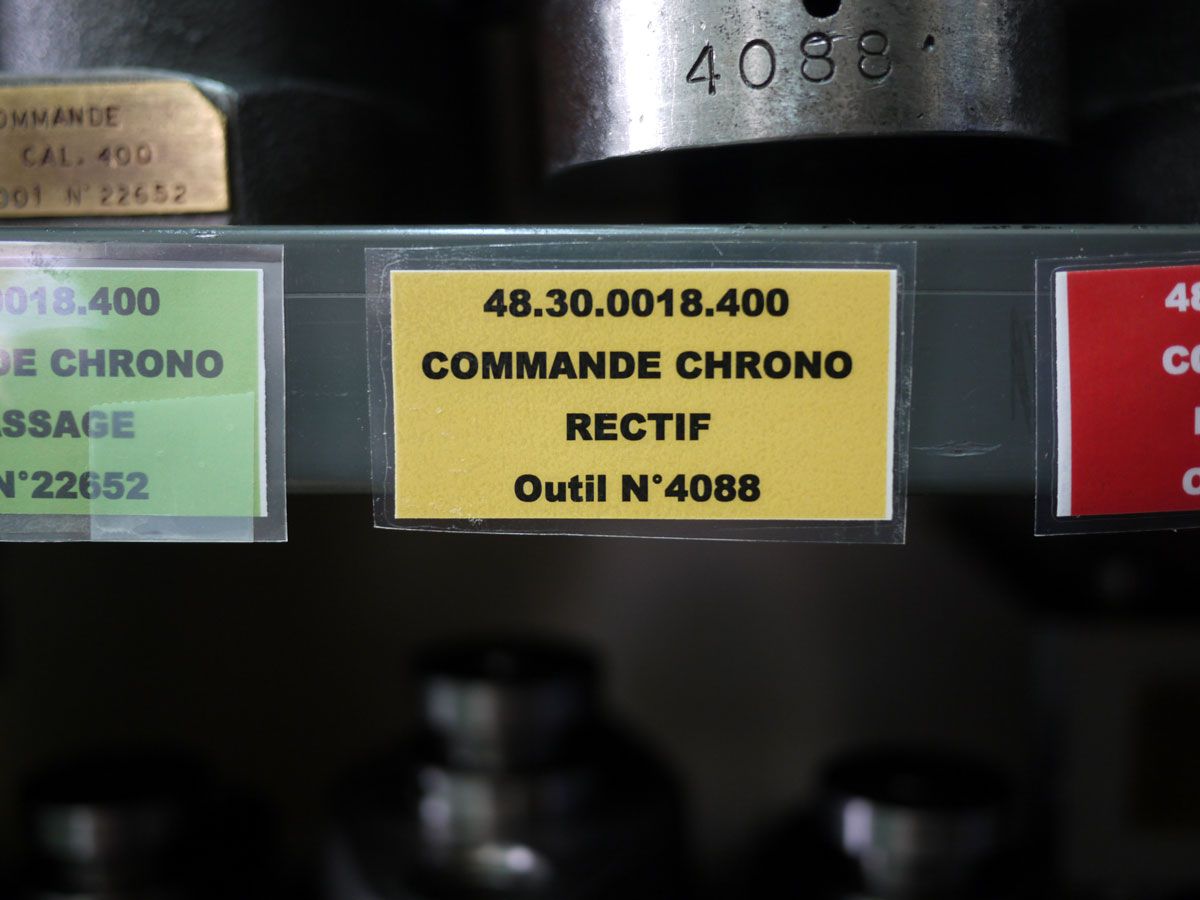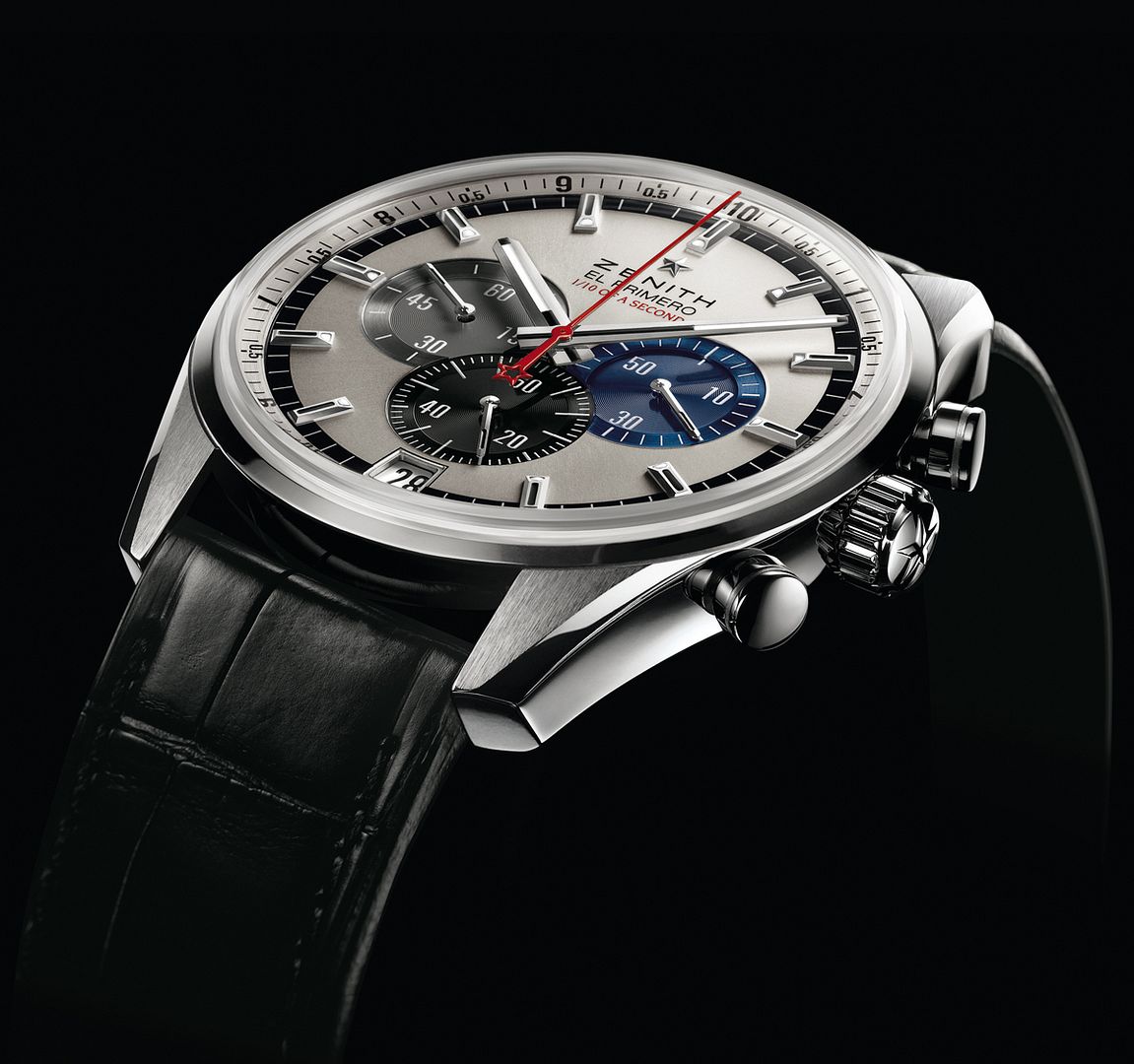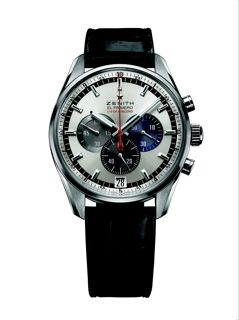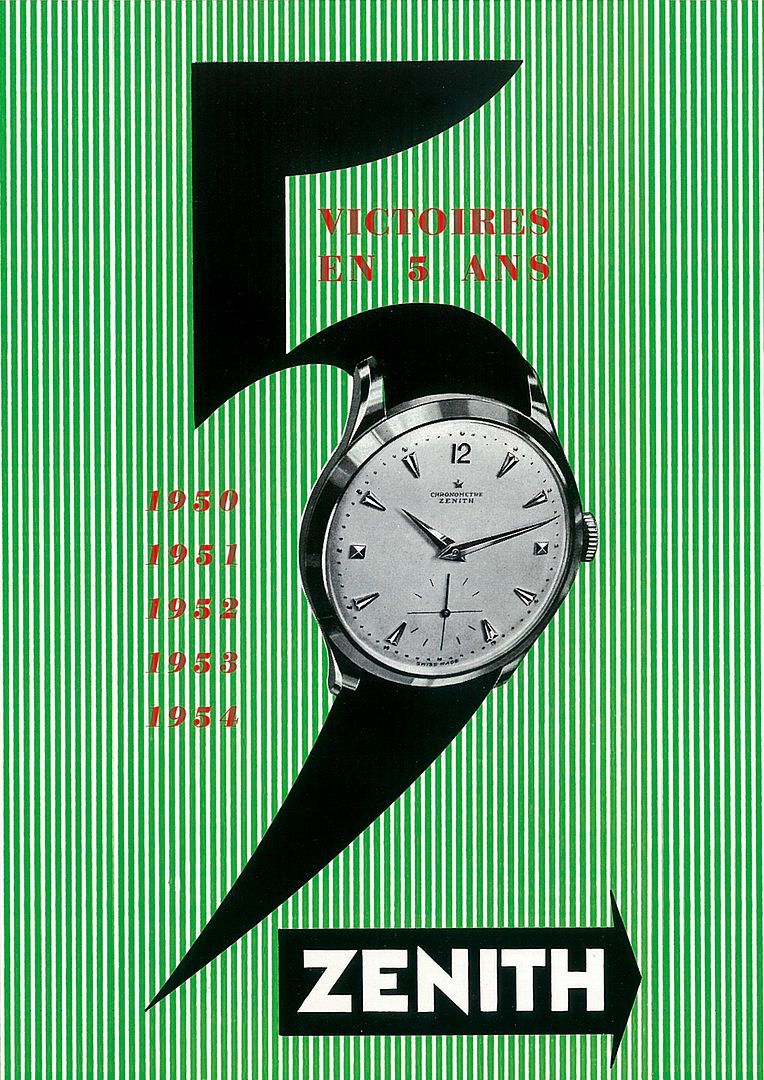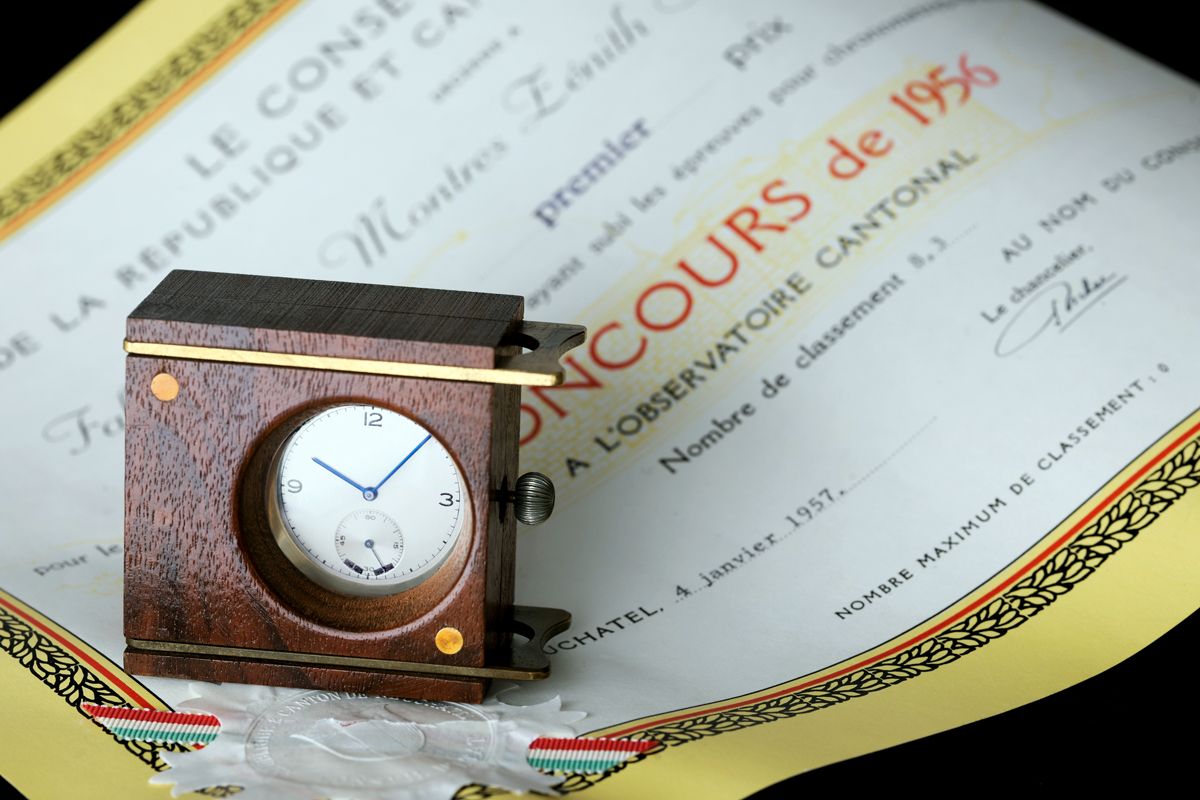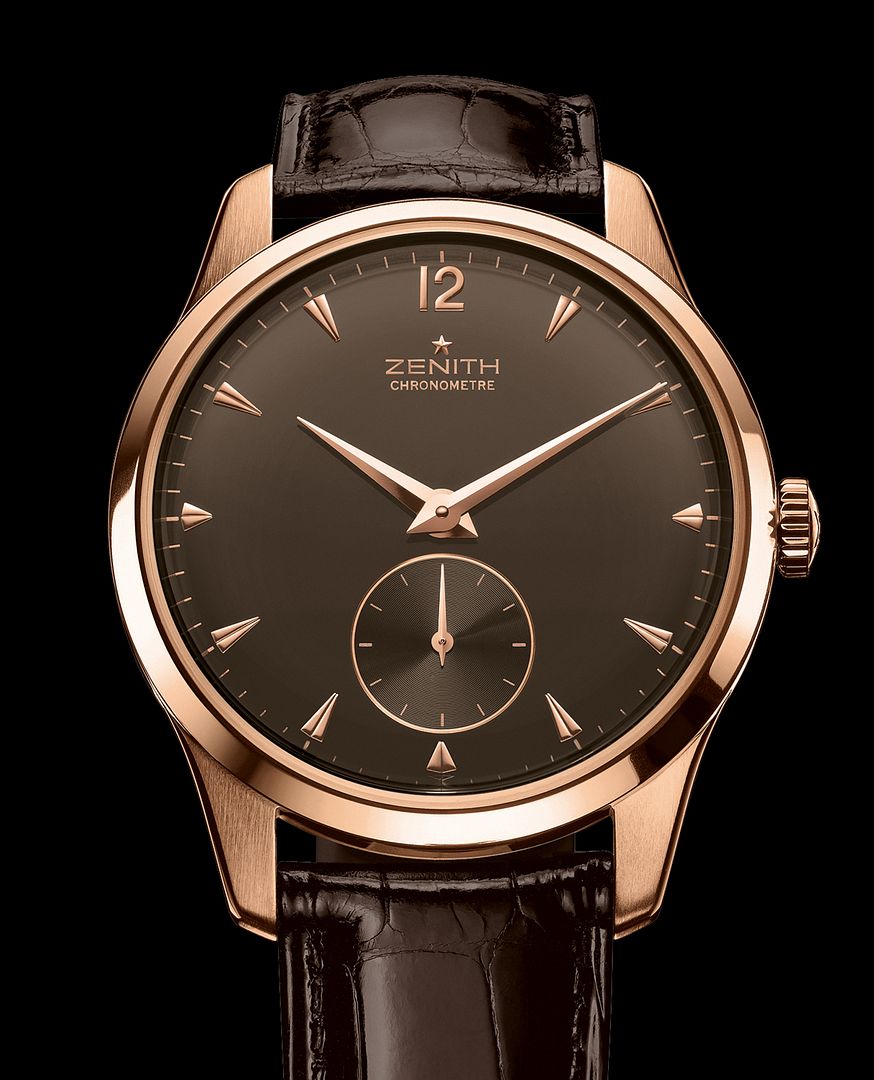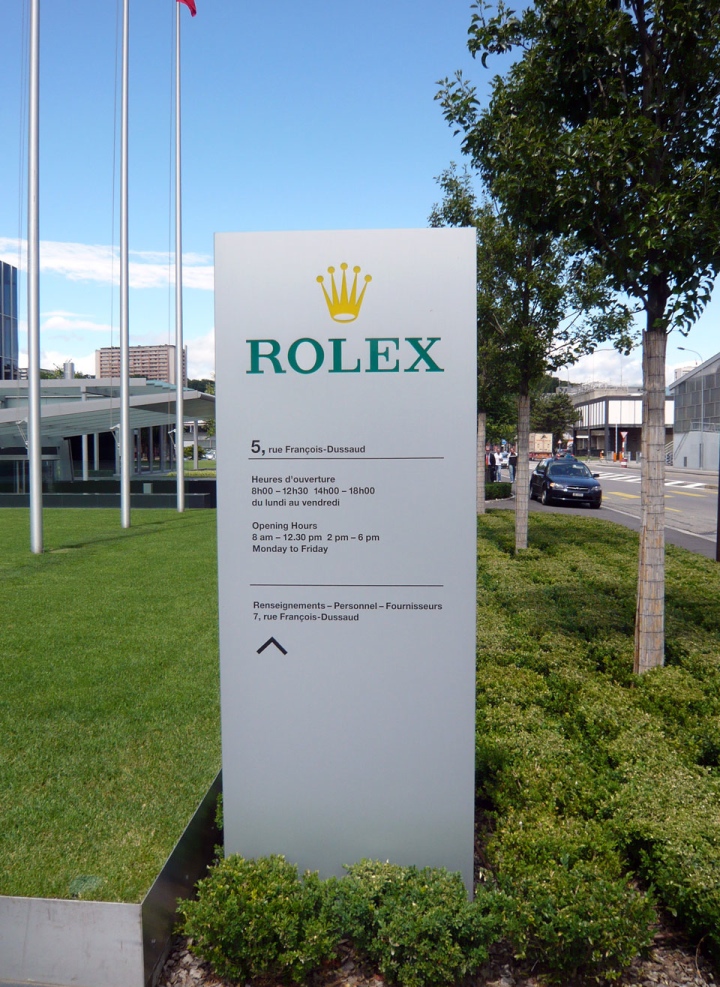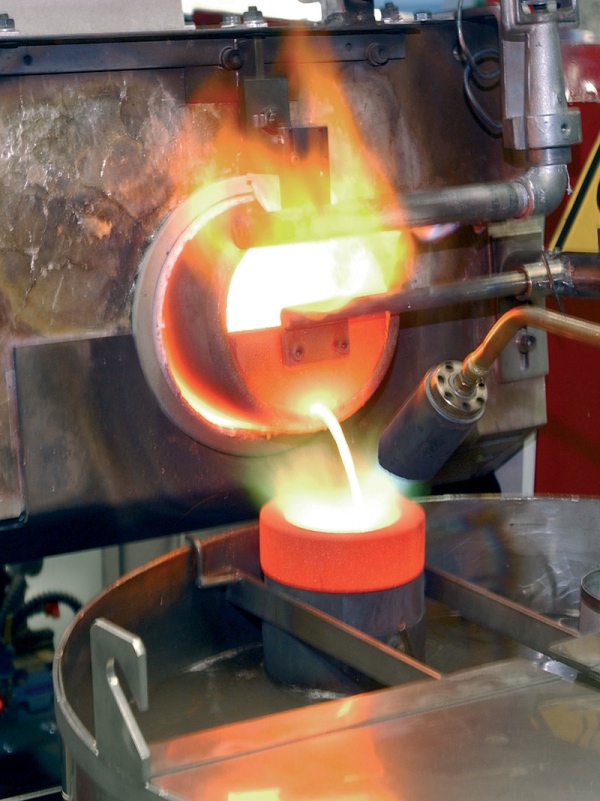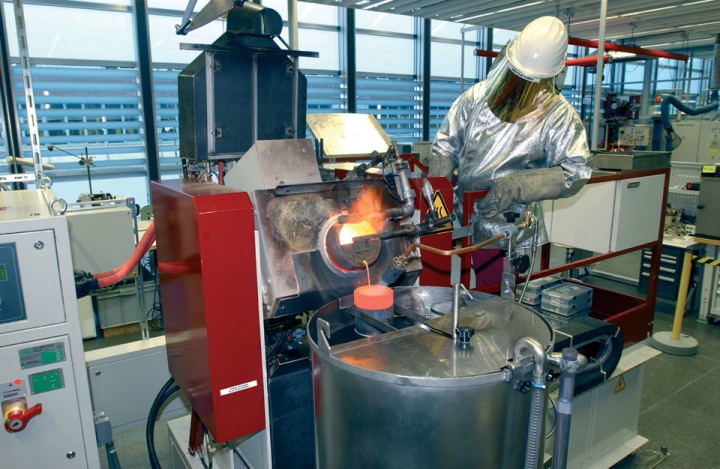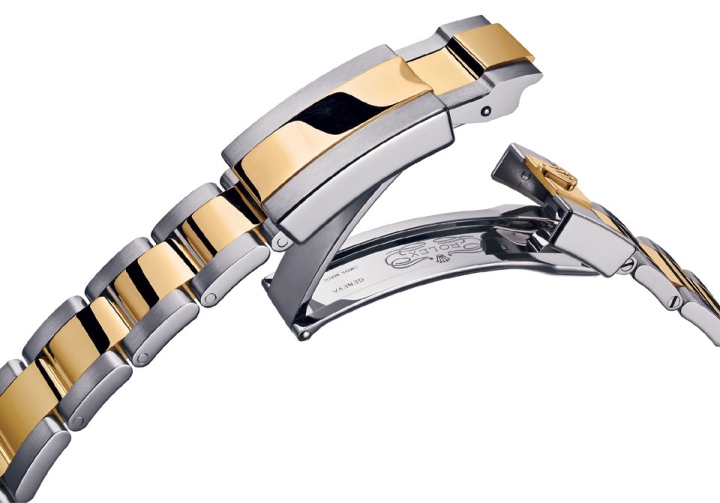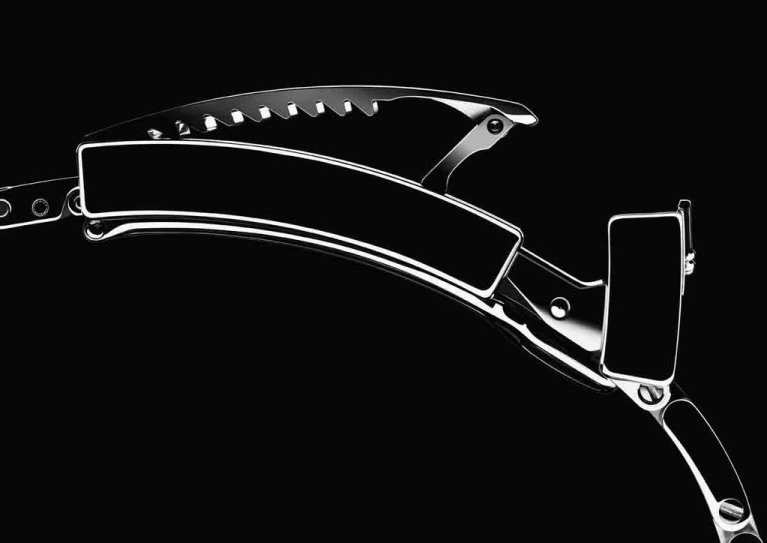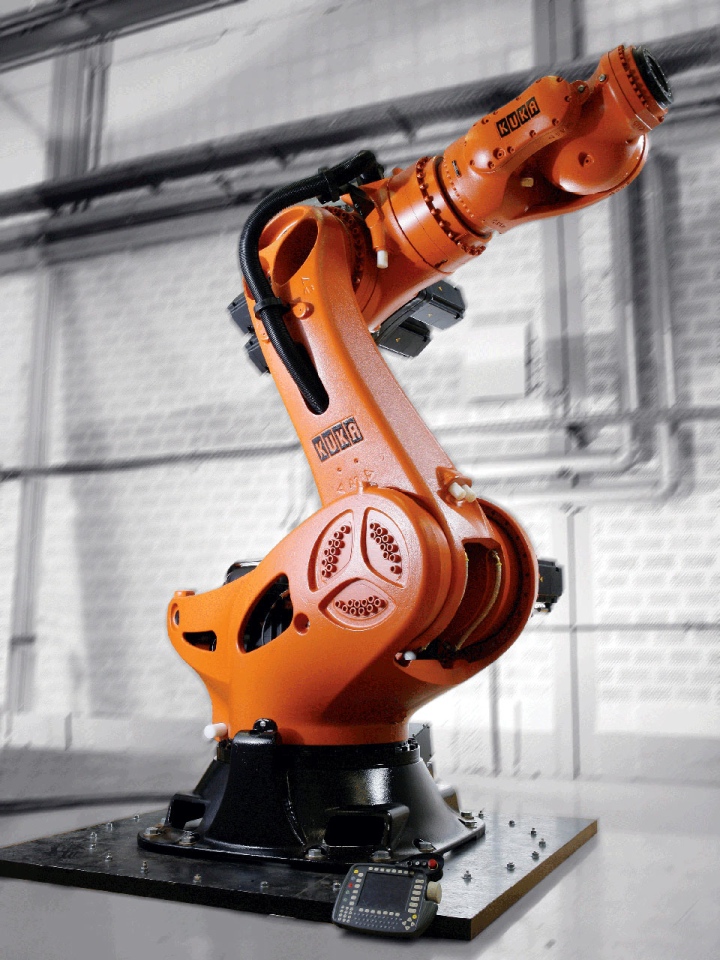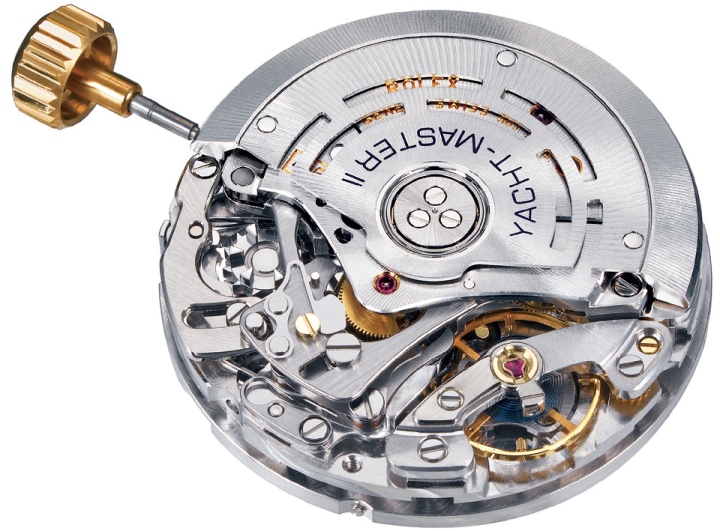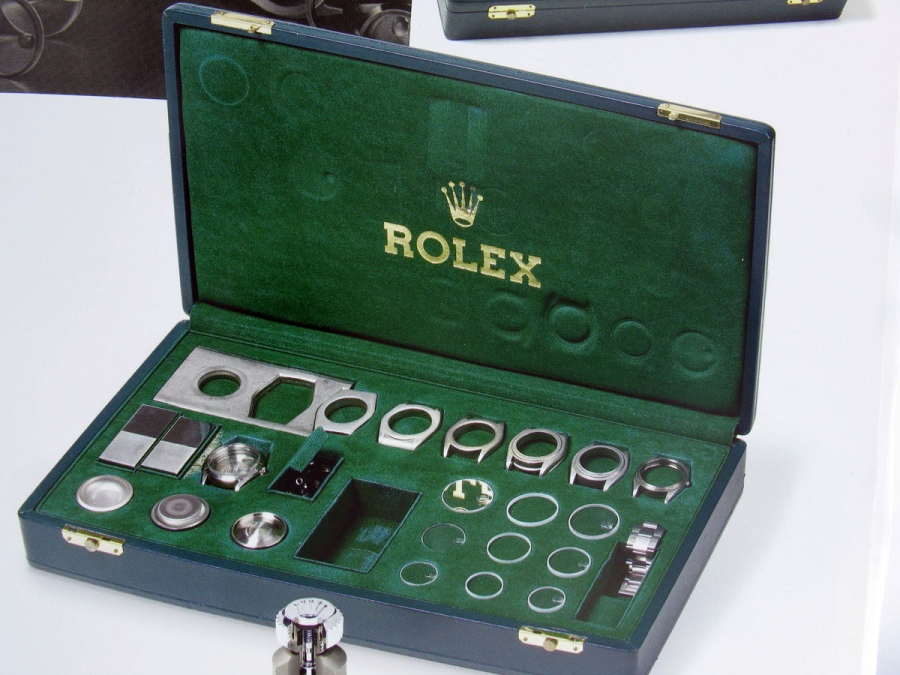In October 1999 one of the richest men in Hong Kong decided to sell one of his UK based companies. This decision was to have far reaching ramifications, including the world’s largest contested take-over, interventions by the German Chancellor, the British Prime Minister and the head of Mercedes Benz. When the dust finally settled, almost a year later, three of the greatest names in watchmaking found themselves controlled by a secretive South African family corporation whose headquarters are in Zug, Switzerland & Lichtenstein.
The Hong Kong Billionaire was Li Ka-Shing, owner of huge real estate holdings in the former colony, most of the worlds’ container terminals and a significant player in the international telecommunication field. He remained the largest shareholder in a UK cellular telephone company named Orange, but as the prices for these companies rocketed, he decided it would be time to cash in. He had sold under 5% of the company in February of 1999 and taken a profit of over HK$5 Billion (around $600 Million US) and still retained almost 45% of the shares.
The European cellular telephone market was “hot” because there were usually less than half a dozen companies in each country and as they all used the same technology, it was easy to “plug” someone’s clients & company into yours (if you could afford to buy a company). The new word was “seamless integration” and all the major players were trying. The leading proponents of this strategy in Europe were Mannesmann’s D2 German network and the UK’s Vodaphone, which was in the final stage of absorbing a major US network, Air Touch. The two companies (D2 & Vodaphone) had become allies, each buying minority shareholdings in the many smaller European networks and attempting to build a seamless pan European network.
However this strategy was overturned when Mannesmann approached Li Ka-Shing’s emissaries and proposed their deal. Mannesmann had made the decision to dump the Vodaphone relationship and buy their own UK operator instead because they saw that they would no longer be an equal partner with Vodaphone once it completed its Air Touch acquisition. They feared being swamped by the new giant and Orange was attractive for 2 reasons; firstly, although the smallest of the 4 UK operators; it had the highest income per customer and secondly, almost 45% of the shares were owned by (effectively) one man. So a deal could be done quickly without alerting the stock market, also whilst Vodaphone were in the throes of going through US regulatory hearings, it was hoped that their attention would be diverted.
Mannesmann had one other reason for wanting to put the Orange deal together, the head of the company, Klaus Esser, had worked for years to transform the firm from a heavy engineering company with its roots in steel pipe making into a twenty first century company based in telecoms & computers. As part of his strategy he announced that by the end of 2000 he would have split the company into two, one part the “old economy” the other the new one. Mannesmann’s bid of £20 Billion (approx $33 Billion US) was a significant premium over the market valuation and was intended to do three things; show that Mannesmann had the corporate “cojones” to play in the “big leagues”, also to frighten away other bidders but most importantly to render Mannesmann bid proof from a newly enlarged Vodaphone Air Touch (hereinafter referred to as VA/T). Because the cellular market in the UK is tightly regulated, VA/T would not be able to buy Mannesmann as they would then own two UK networks, if you included Orange and the government regulators do not allow this. Mannesmann’s bid may have demonstrated its self-confidence but that confidence was badly dented when the bid was made public and Mannesmann’s shares fell by 8%, whilst the rest of the market rose.
VA/T did not immediately make an announcement; they played their cards close to their chest and made a private approach to Mannesmann. Mannesmann declined the offer in public and VA/T had no option but to make their bid public. On November 19th, less than 4 weeks after the Mannesmann/Orange deal; they made a bid for the enlarged group, offering a 67% premium over Mannesmann’s share price AFTER the Orange deal. VA/T avoided the Orange “poison pill” by making an almost immediate disposal of Orange an integral part of its offer. The bid was unusual for two reasons, it was the largest merger/bid ever seen in Europe (it was considerably bigger that the Time-Warner/AOL deal for example) and it was, unbelievably to Anglo-Saxons, the FIRST contested takeover in German business history. Klaus Esser, head of Mannesmann disapproved of the bid and made comments to the press along the lines of “This is not the way we do business in Germany” and approached the German Chancellor (Prime Minister) Gerhard Schroeder asking him to intervene. Within days Schroeder gave an interview to a French newspaper saying; "Hostile takeovers destroy corporate culture," he said. "They harm the target but they also, over the medium term, harm the predator." He also decried the culture of “aggressive Anglo-American capitalism”. This was just one of the inept moves made by Esser who consistently misread the market. Vodaphone approached Tony Blair, Britain’s Prime Minister; who called the German Chancellor and intervened on the English company’s side.
However the most important intervention came not from a politician but from a man who could be called the most important man in Germany, Jurgen Schremp, chairman of Daimler Chrysler; Germany’s largest company. He called Klaus Esser and emphasised the fact that his resistance would erode the value that the market now placed on his company. He was also reminded of the fact that at the end of 1999 Esser had claimed that the Mannesmann shares were worth 300DM, he was universally ridiculed for this claim. Now the VA/T offer valued the firm at 375DM, Esser was rapidly running out of options.
The only prospective “White Knight” was the French industrial giant, Vivendi with whom Mannesmann had a couple of joint enterprises. Vivendi was a company, like Mannesmann, also in the process of re-inventing itself, transforming itself from its roots in water treatment & waste management into a communications giant owning advertising agencies, cable & satellite TV companies and internet providers.
The ground was suddenly pulled from under Mannesmann’s feet when suddenly Vivendi & VA/T announced a joint company, Vivazzi, designed to be an Internet portal for the new generation of mobile phones. Mannesmann then did the only thing possible and quietly acquiesced to the takeover. When the dust finally settled VA/T paid £113 Billion (approx $186 Billion US); obviously VA/T had to recoup some of this money very soon. Before the ink was dry on the agreement VA/T and their advisers were knee deep in offers, major European engineering giants such as Thyssen Krupp & Seimens were making unsolicited offers. For example Thyssen Krupp offered €9 Billion (approx $8.7 Billion US) for Mannesmann’s engineering & automotive operations. However VA/T were not interested in running a “fire sale” on the assets of the newly acquired Mannesmann; they chose their bidders carefully; firstly they sold the most highly priced (and prized) asset, Orange. Despite the fact that Mannesmann was widely considered to have overpaid at £20 Billion, VA/T were able to sell the firm to France Telecom for £26 Billion, making a quick profit of £6 Billion (approx $9 Billion US).
The bidding for the tiny segment of the VDO group known as LMH (Les Manufactures Horologères) was opened and initial offers were received from the “usual suspects”; PPR (sometimes known as the Gucci Group) & LMVH. These two French firms had been bitter rivals in the luxury brand market over the last few years, and as both had very deep pockets, it was expected that the bidding would be lengthy & protracted. The other expected bidder was the Richemont group, owner of the Cartier, Montblanc & Dunhill brands; however, as is their traditional way, Richemont said nothing. Nevertheless they were working in the background, and they had one major ace in their hand. They were major shareholders in the French group Vivendi, which they had acquired in September 1999 in exchange for their shares in Canal+ (a French cable operator). The acquisition contained a clause in which Richemont agreed not to sell any of their shares for a year, so they hedged the shares in December, effectively locking in a guaranteed sale price for the following September. This had two effects; they retained their good working relationship with Vivendi and they now had a huge pile of cash arriving in September 2000. Whilst all the other bidders were “sniffing” around LMH, Richemont made an oblique attack; they negotiated with Audemars Piguet, who were the owners of the 40% of Jaeger le Coultre not owned by LMH. These negotiations came to fruit on Thursday 8th June when the two companies announced that they has reached an agreement to co-ordinate their respective positions with respect to the sale of LMH. To all intents and purposes, the game was now over; although there were 7 more weeks to run before the “coup de grace”.
On Thursday 20th July LMH announced that they were in discussion with Richemont as exclusive bidders and the following day the agreement was signed. Richemont would buy LMH for 2,800 Million Swiss Francs and the remaining 40% of Jaeger le Coultre from Audemars Piguet for 280 Million Swiss Francs. Meaning they had paid a total of 3,080 Million Swiss Francs (approx $1.84 Billion US). Richemont were able to pay for the whole deal with cash from its war chest raised from the sale of its Vivendi shares and from the profits on share dealings in one of its tobacco companies.
Looked at dispassionately, it could be said that Richemont seriously overpaid for LMH, who sold 91,000 watches and 3,300 clocks in 1999 and had less than 1,500 retailers worldwide. They paid over $1.2 million per retail outlet, none of whom were LMH exclusive. But Richemont did not get to its towering position by overpaying for anything; I think that this is a very long-term proposition and certainly it is one of the last chances for anyone to buy major watch brands.
The strange thing about this whole enterprise is that no-one ever asks; “Who is Richemont?” I find this very interesting as this is what Richemont wants. All of the attention is focussed on the brands themselves and not on the holding company, in stark contrast to the Swatch group for example. Even the breadth of their holdings is not widely known; sure everyone knows about Cartier, Dunhill, Baume & Mercier, Montblanc and Panerai but how many know of their ownership of Van Cleef & Arpels, Chloe (the fashion house), the Italian fountain pen maker Montegrappa, Piaget, Hackett, Purdey (Gunmakers to the Queen) and Vacheron et Constantin?
The company’s tradition of secrecy began because it was originally South African and during the Apartheid era, South African companies traditionally kept a very low profile. The firm’s roots are in the tobacco business and began when its founder, Dr Anton Rupert, began manufacture of pipe tobacco in his garage (see, it is not just high tech firms which start in them!). In 1943 he was able to buy the South African arm of the giant British drinks firm Distillers and soon after started producing cigarettes. Before long he controlled most of the South African tobacco business and decided to form his divergent holdings into one company, Rembrandt in 1948. Seven years later he set up Richemont in Switzerland to handle all of his operations outside South Africa, leaving Rembrandt to handle the domestic operations. For several years Richemont’s main asset was the Peter Stuyvesant cigarette brand; named after the first mayor of New York (like Rupert, of Dutch ancestry). This was a cigarette packaged to look and smoke like an American cigarette at a time when imported American cigarettes were very expensive in Europe. They followed this with a new brand, Rothman’s, and then began to position the company further upmarket by buying the rights to famous names. This continued the strategy already established by Rothman’s when they bought the licence to make Dunhill cigarettes. In the 1960s and 70s, the profits from cigarettes enabled them to embark upon the acquisition of major companies. . Dunhill was the first company to be bought, in the late 1960s and in 1972 they bought a major shareholding in Cartier Paris (at this time Cartier was composed of 3 separate companies; Paris, London & NYC). Two years later, they bought the London operation and in 1979 the NYC one, giving them complete control of the name & the brand. Their masterstroke was to produce a “diffusion” line for Cartier, Must de Cartier, which became available at a much lower price point and in a much wider distribution network. In so doing, initially with cigarette lighters and then with sunglasses and watches, they increased the value of the company many times over.
So there we have it, a secretive South African owned corporation now controls three of the top brands in horology; but in the end does it really matter who owns the brands? Did anybody care that a giant German engineering corporation used to own them?
In conclusion I think it fair to say that the fate of Jaeger, IWC & Lange was probably the thing farthest from the mind of Li Ka-Shing, when he decided to dispose of his Orange Telecom shares, but the smallest stone sends its ripples to the edge of the lake.
So, where are the major players now when the game finally ends; Li Ka-Shing became one of the largest shareholders in Mannesmann and stayed there until V.A/T took over, when his shares were worth almost 3 times their original price. He “cashed out” and bought a major stake in VoiceStream the leading US cellular operator using the GSM technology used by V.A/T and most of the rest of the world. He subsequently sold VoiceStream to Deutsche Telekom, who then renamed the brand ‘T-Mobile’. He then went on to found the ‘3’ cellular networks across Europe & Asia. V.A/T merged its US operations with one of the “Baby Bells” to become Verizon Wireless, one of the largest cellular operators in the US; thereby giving it major coverage in the one continent it lacked. Vivendi went out and bought MCA, the owners of Universal studios and MCA Music; but, in so doing, outreached themselves and were later forced to sell Universal to General Electric and Dr Anton Rupert lived on in South Africa in contented retirement with his wife in the same house that they have lived in for forty years, until his death in 2006.


